We round up the best budget camera phones – rated by a photographer
A smartphone doesn't need to be flashy, and you can take stunning photos and videos with budget camera phones, too.
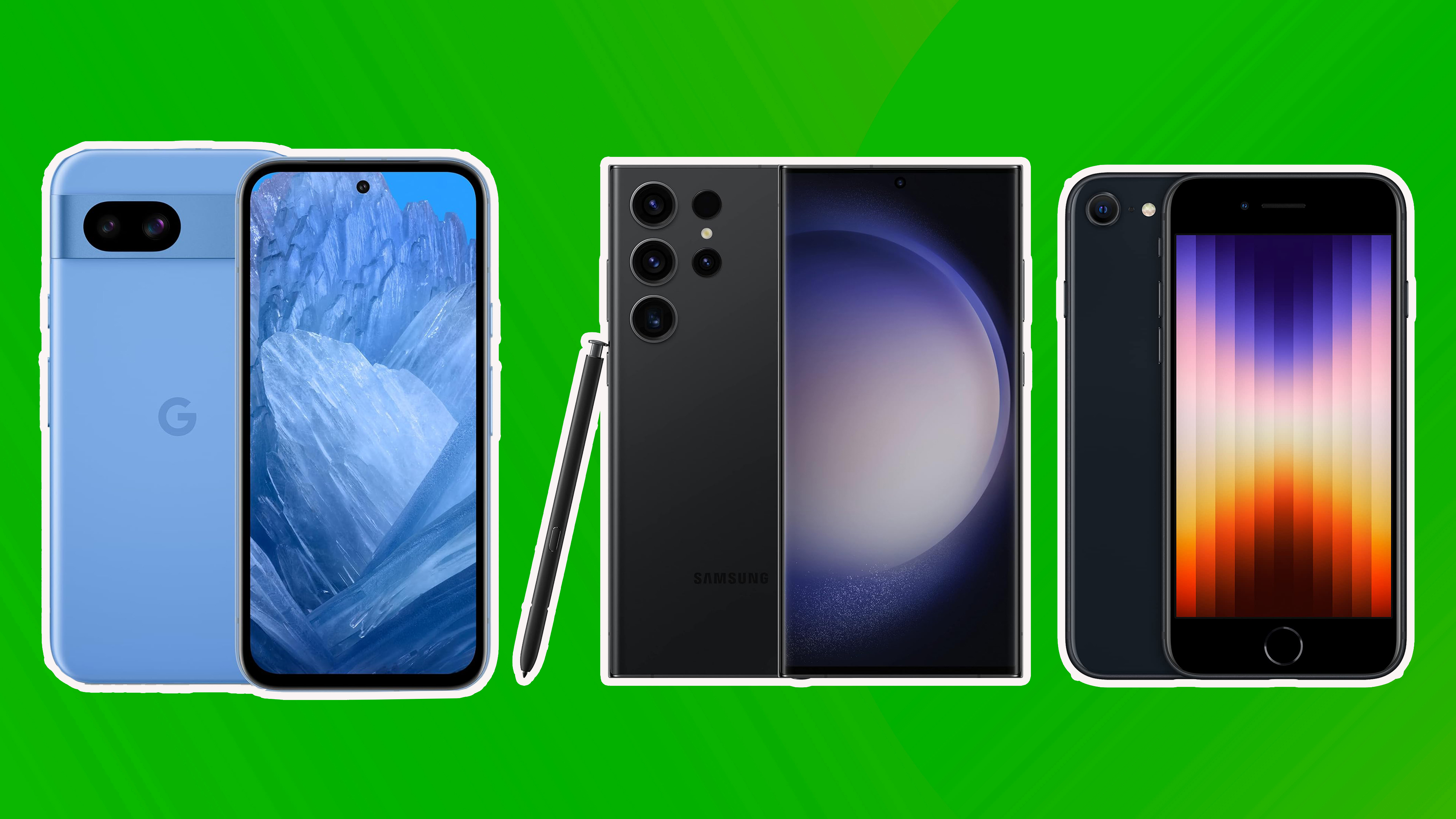
Looking for an affordable camera phone that won't cost as much as your rent? Some of the best budget camera phones offer impressive image quality, shooting versatility, and high-level performance – but without the premium price tag. There are plenty of cheap phones out there, but I've rounded up the best budget camera phones that I've personally tested. These phones provide real value to creatives, with and without AI features, to help you buy with confidence, no matter your budget.
My top choice is the Google Pixel 8a, a phone with next-gen capabilities that sits beneath the $499/£499 mark. I've considered factors like image quality, low-light performance, zoom, battery life, video, and overall value for money when comparing the more affordable phones we've tested.
Another great way to save money on one of the best camera phones is by shopping for a used model instead. I've included some advice at the bottom of this page on how to choose your new smartphone, and you should definitely check out our guide to the best iPhones for photography too, if you're an Apple devotee.

Beth is Creative Bloq’s Ecommerce Writer and an avid smartphone shooter with a Master's degree in photography. Before joining CB in 2023, Beth regularly reviewed cameras for our sister site, Digital Camera World, so knows a thing or two about what makes for a great capture. She currently owns the Samsung Galaxy S24 Ultra as her smartphone camera of choice.
The top 3
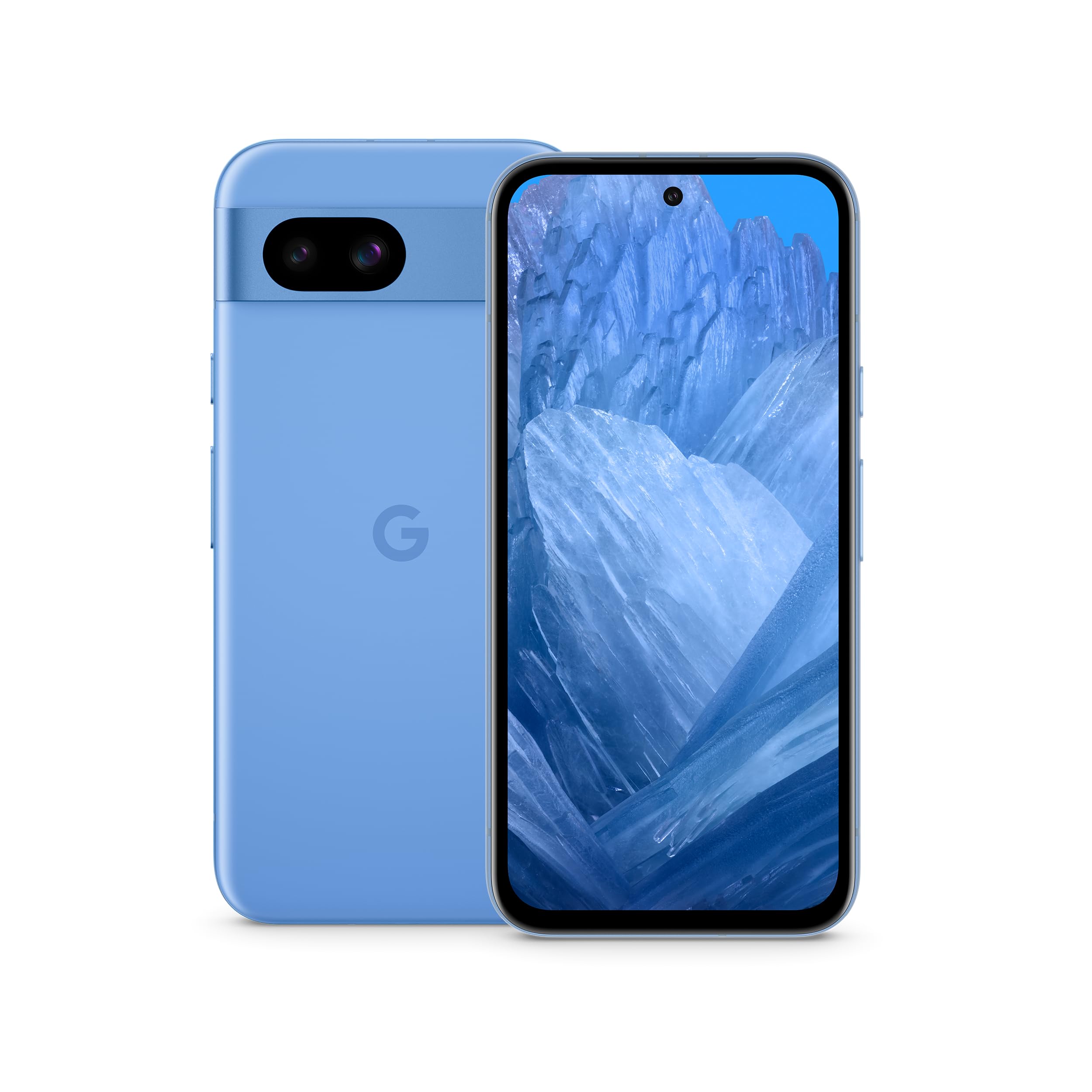
This is our pick of the best budget camera phone overall, it's not the cheapest on this list – but the next-gen image quality and AI features are sublime. It's a truly excellent buy for creatives on a budget.
Read more below
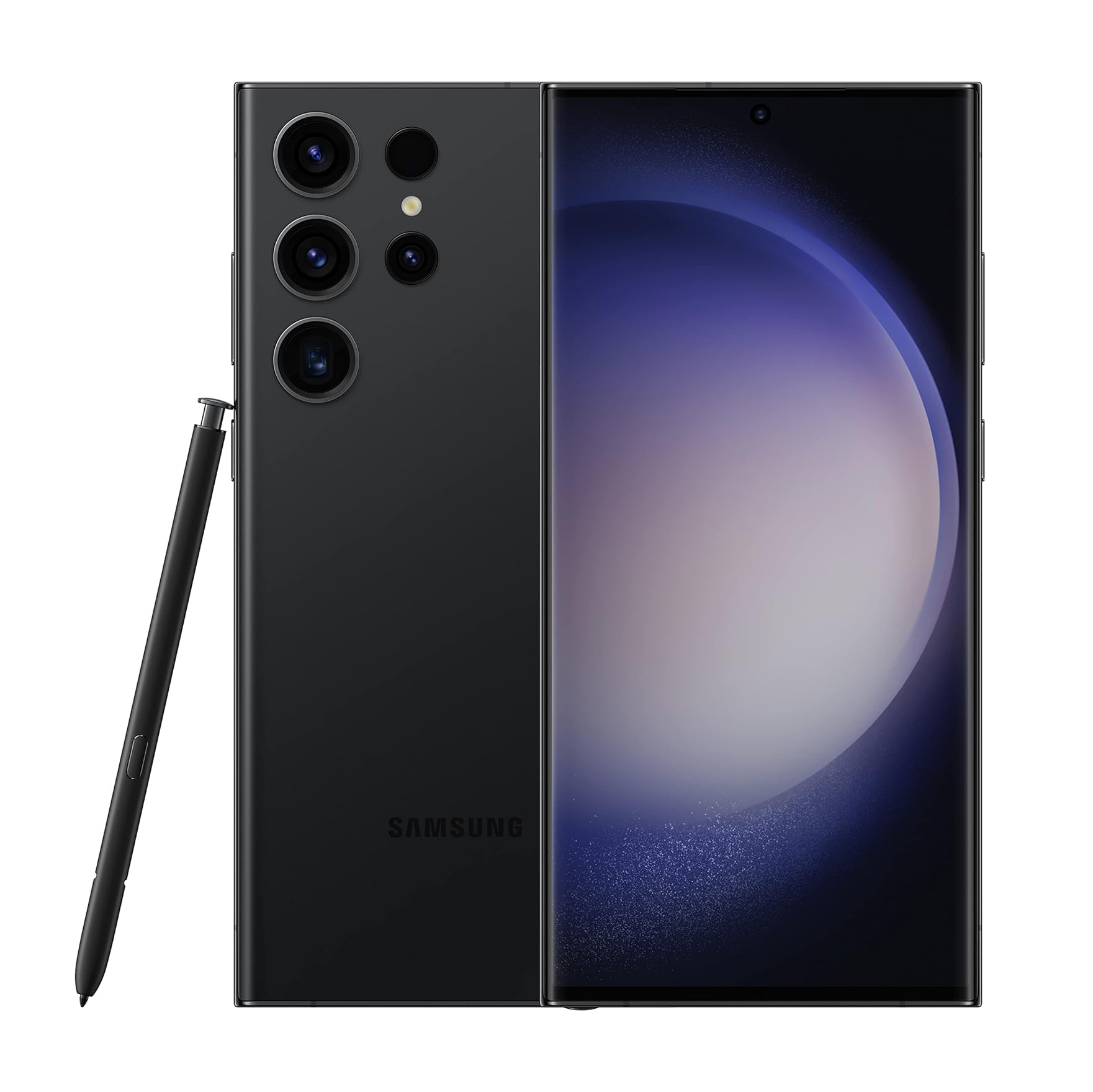
This former flagship has come down significantly in price, and now makes for a brilliant mid-range choice in the budget camera phone arena with a beefy quad-camera wide-to-telephoto setup.
Read more below
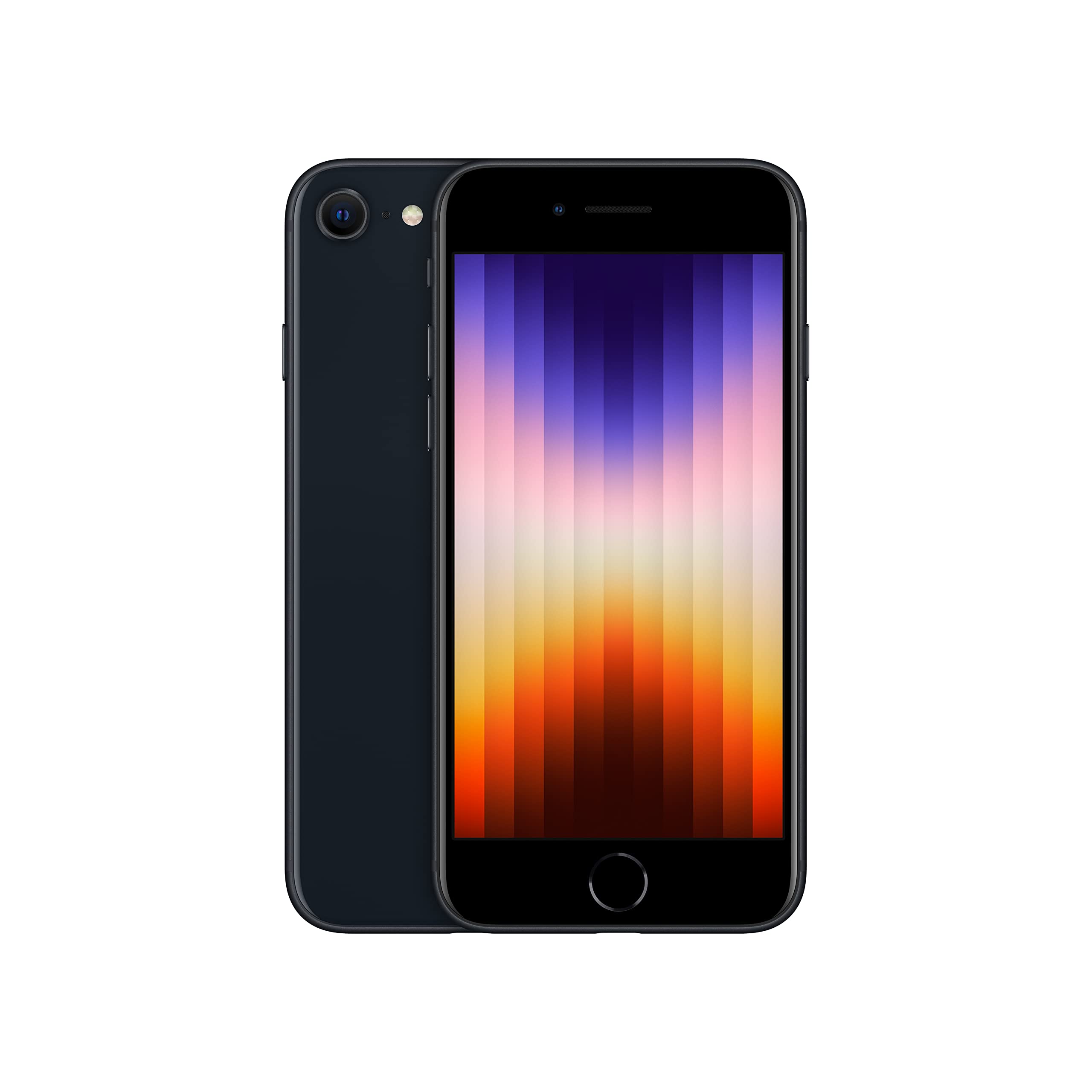
If you can't bear toting anything other than an iPhone, don't worry – Apple's iPhone SE from 2022 is a great buy with a decent camera, and the price has come down enough that it fits with our budget picks.
Read more below
The best budget camera phones
Why you can trust Creative Bloq
The best budget camera phone overall
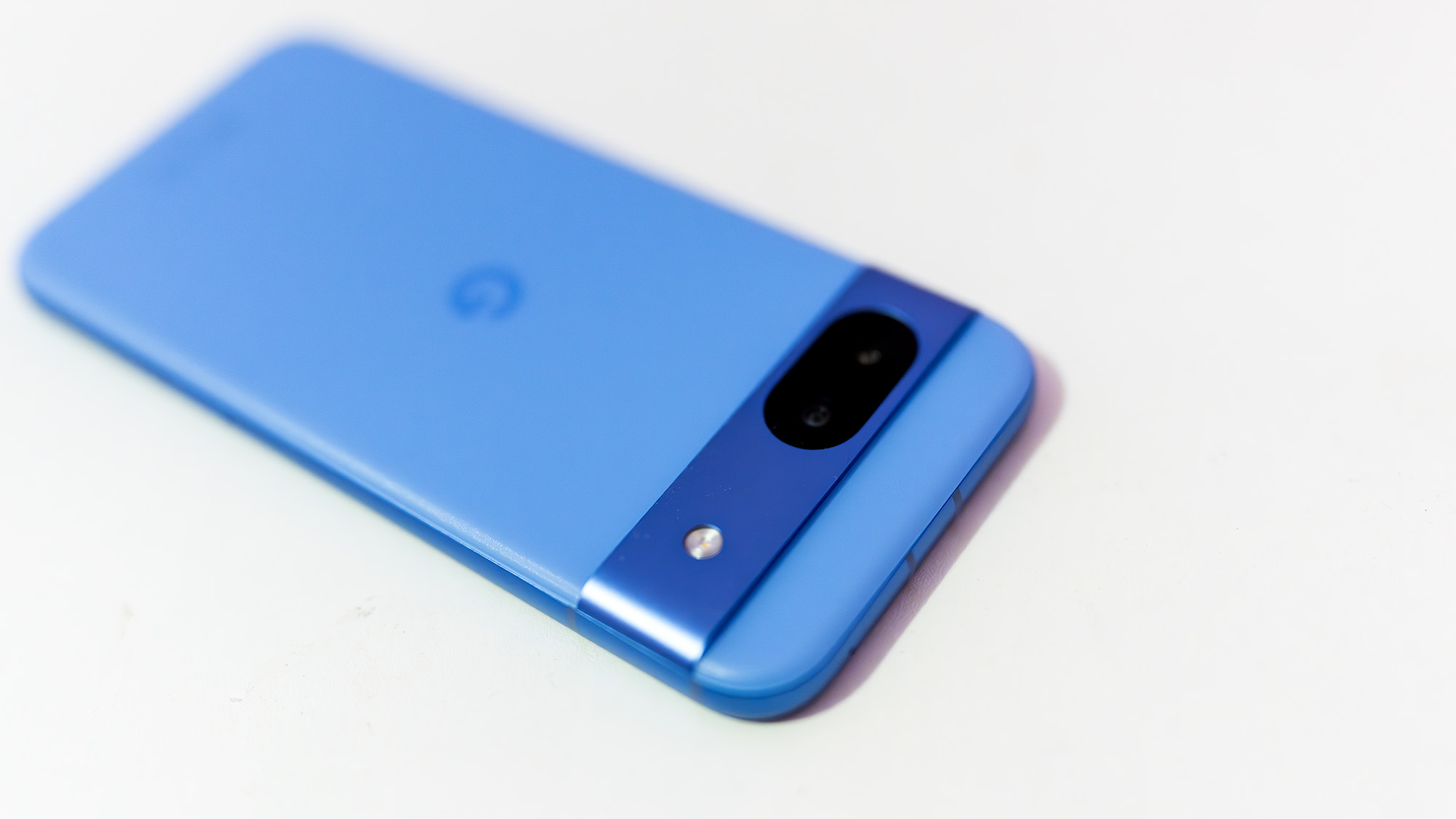
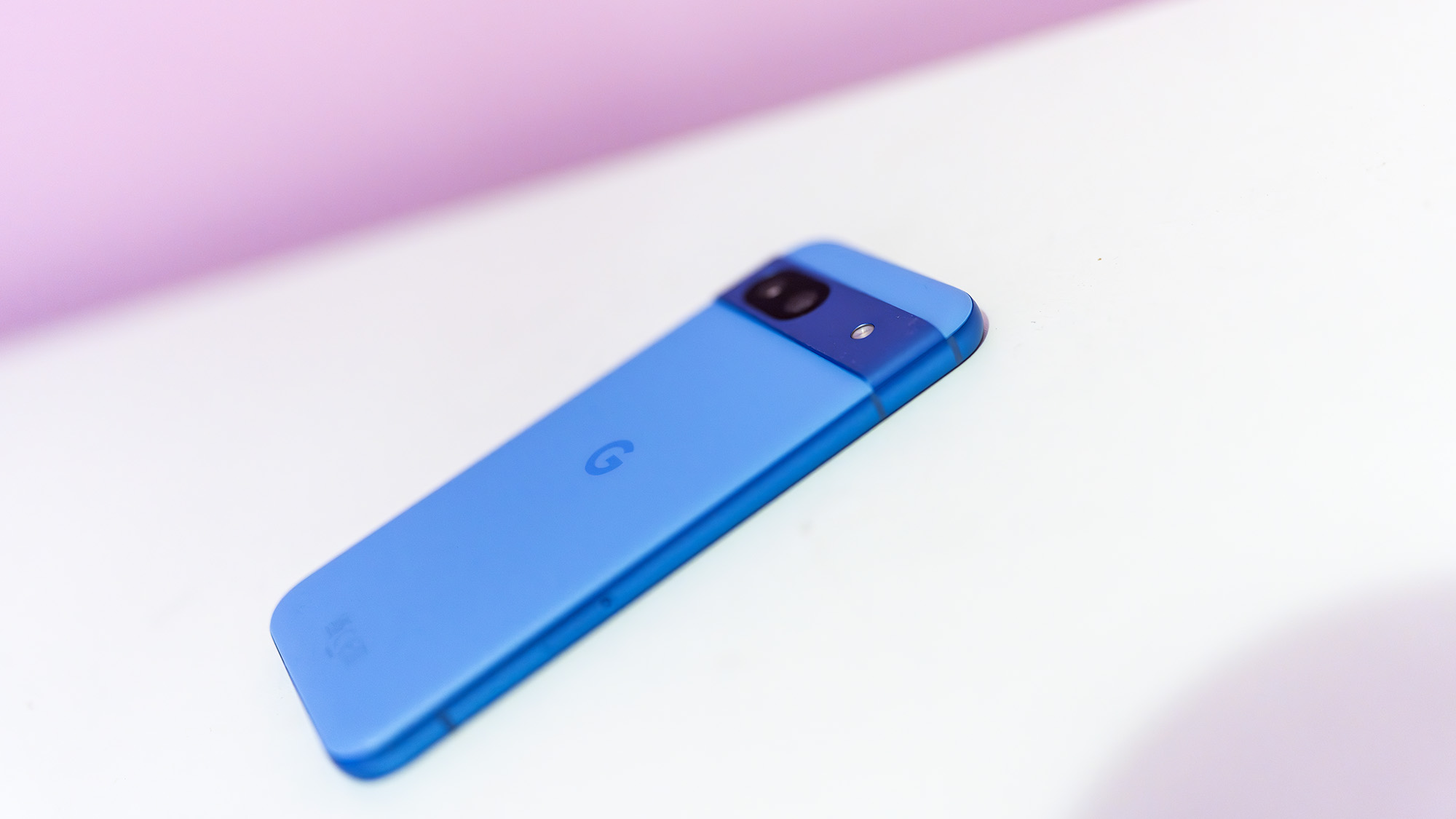
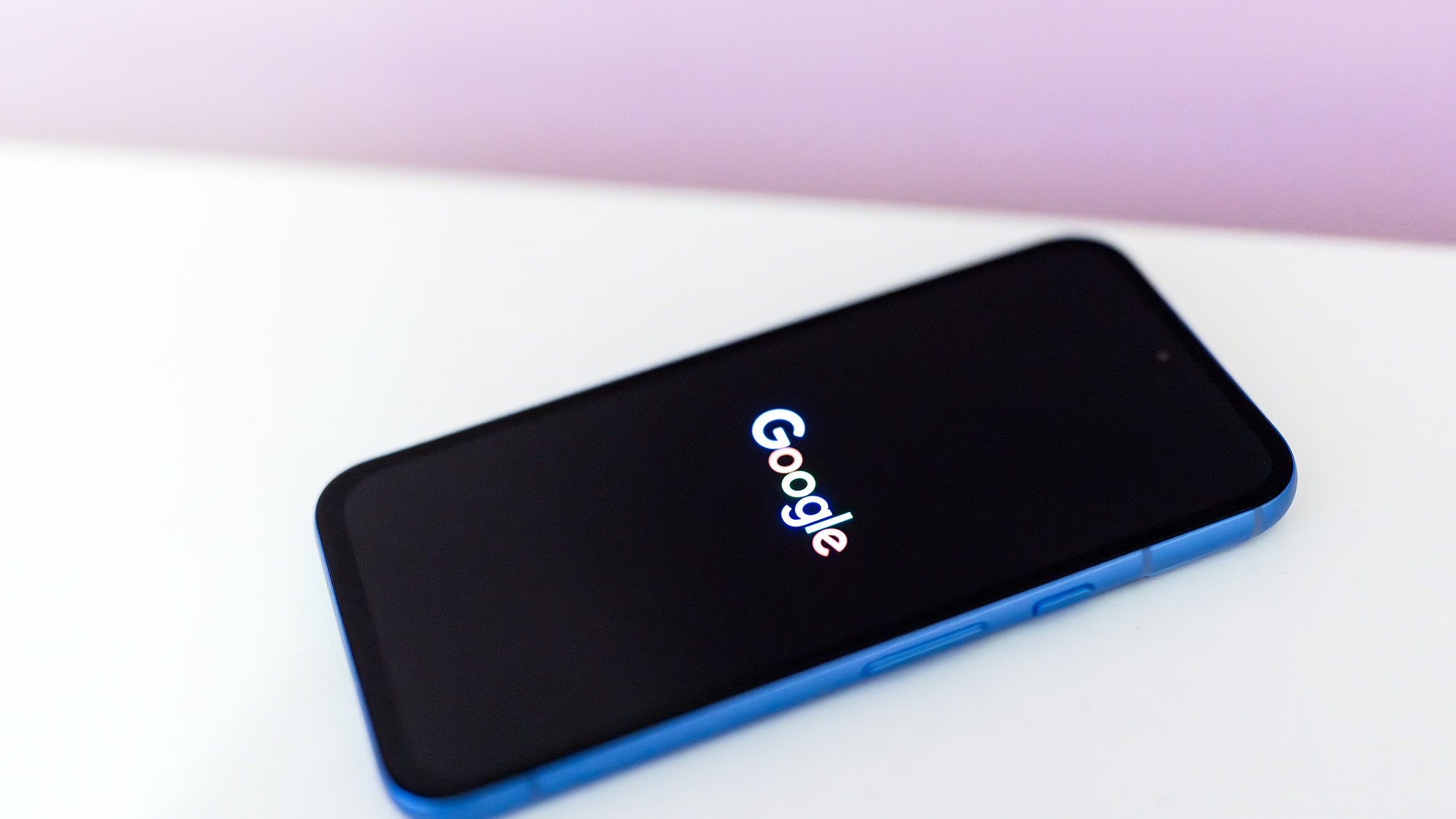
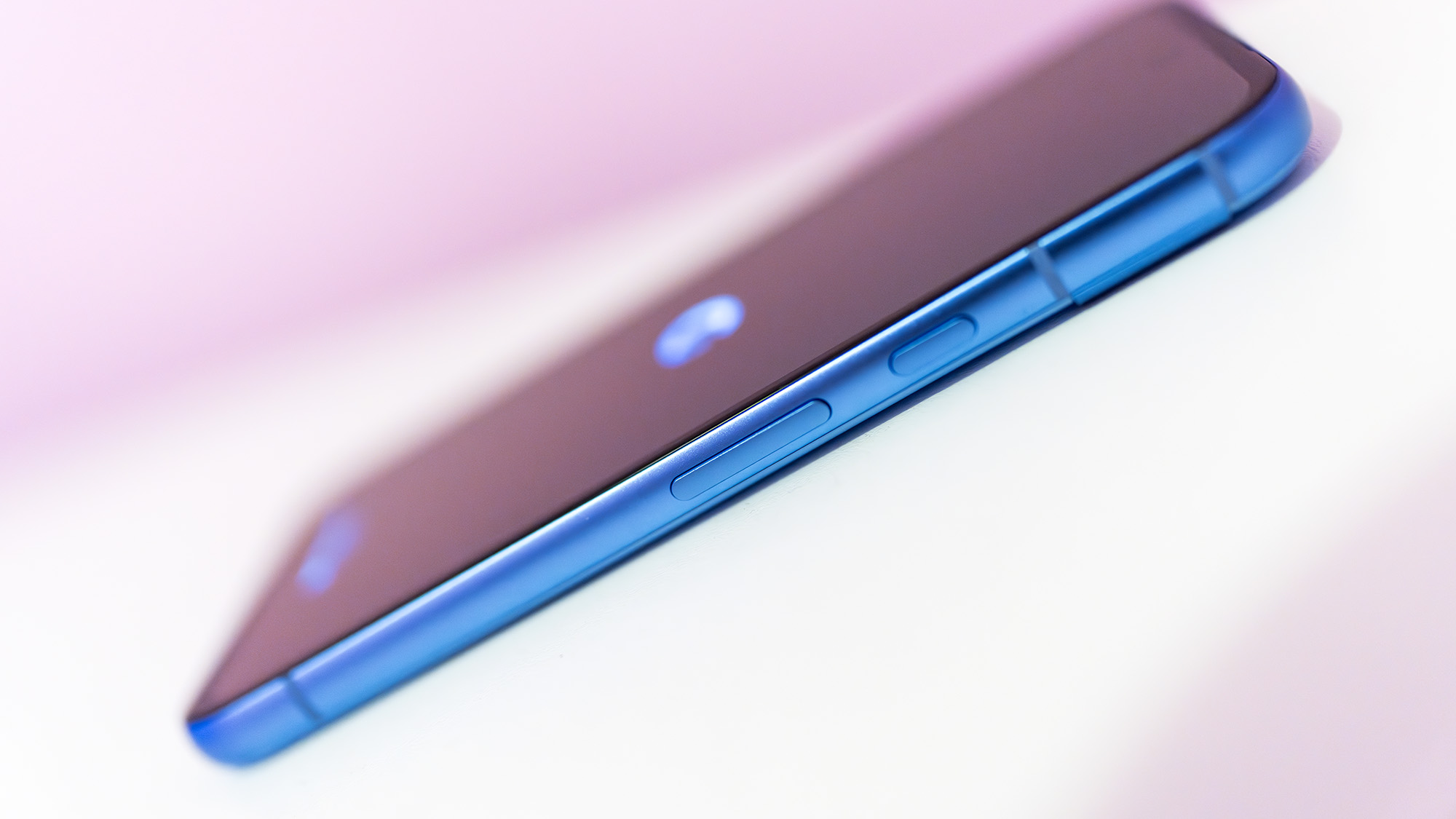
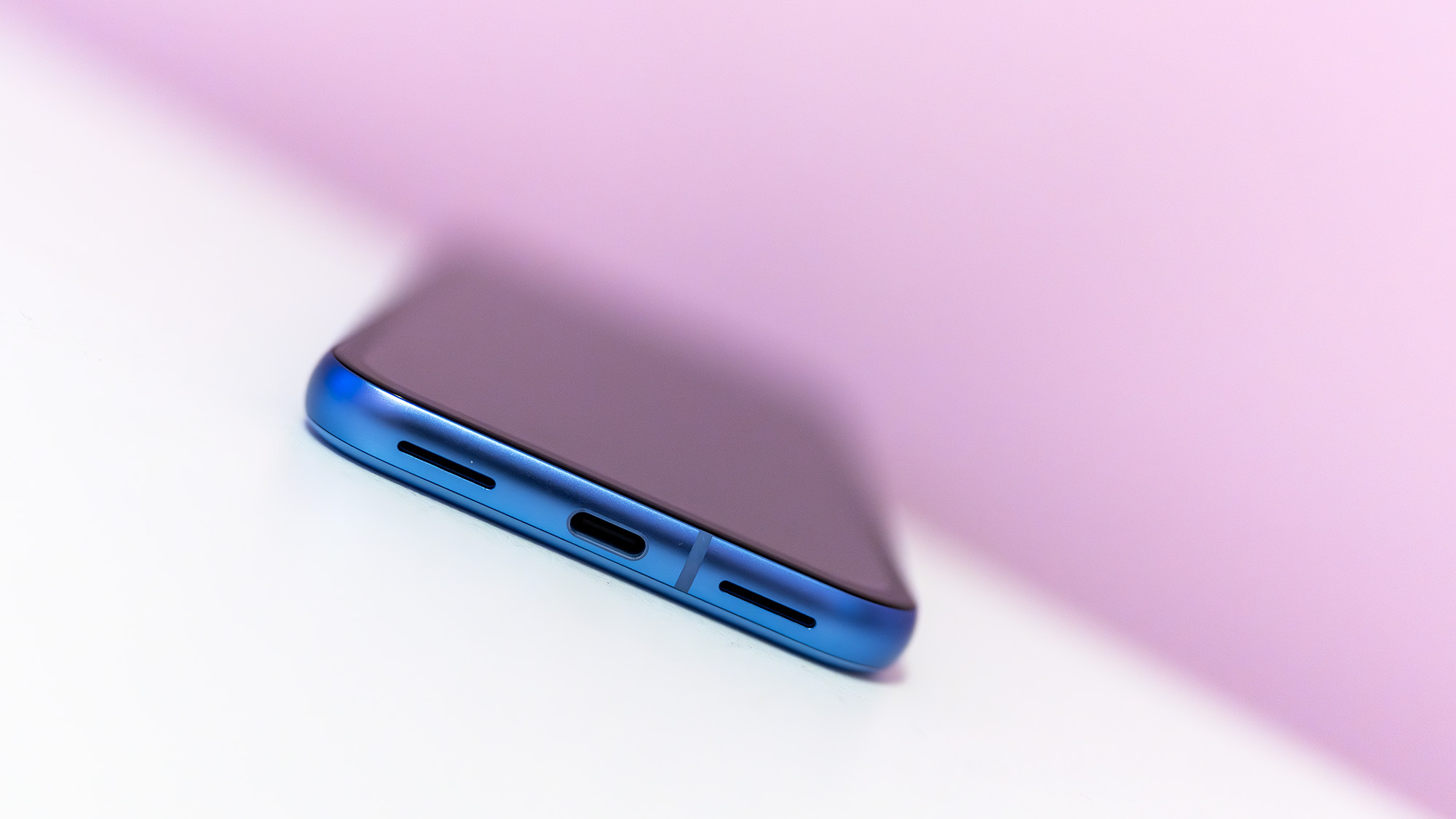
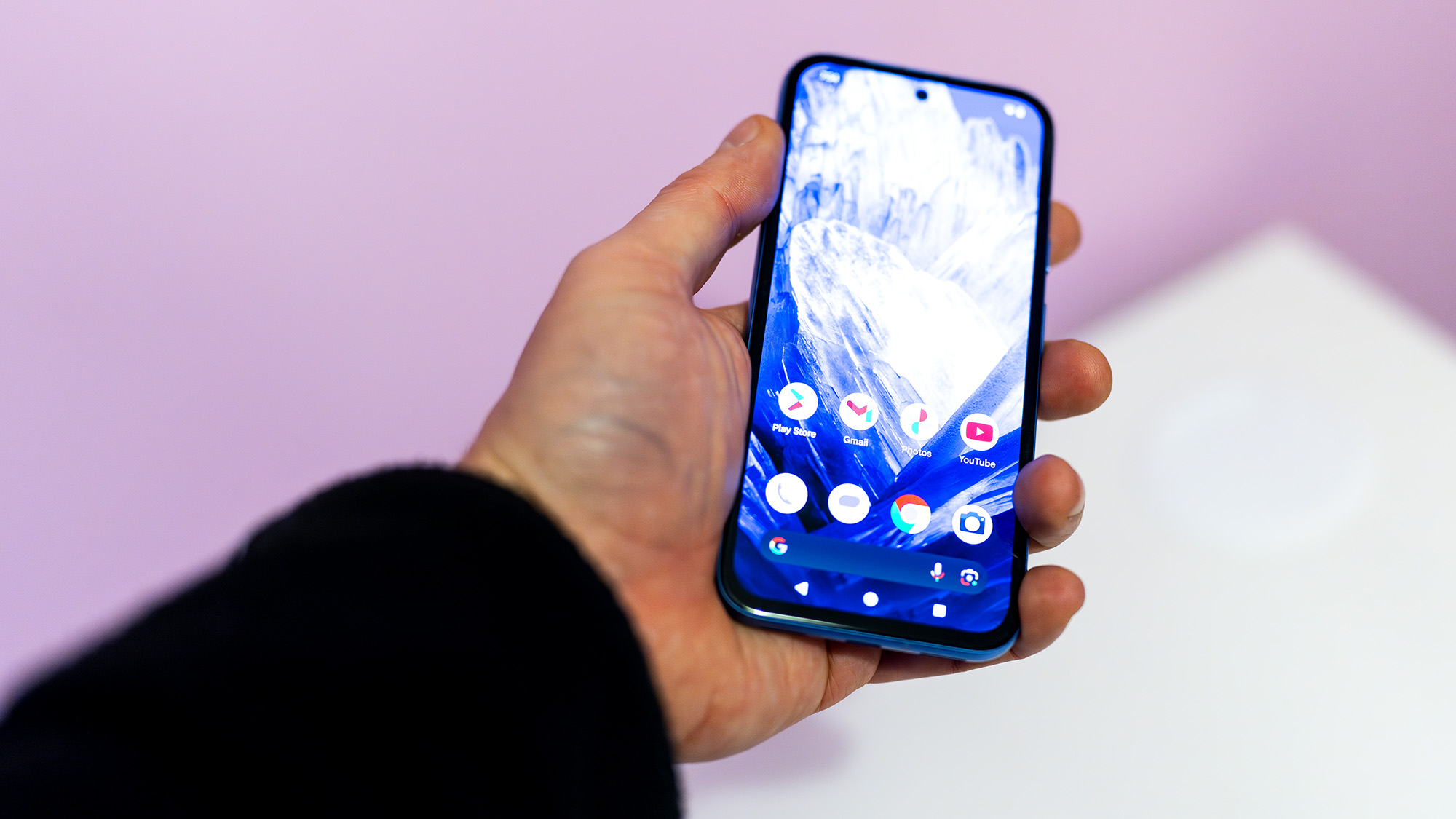
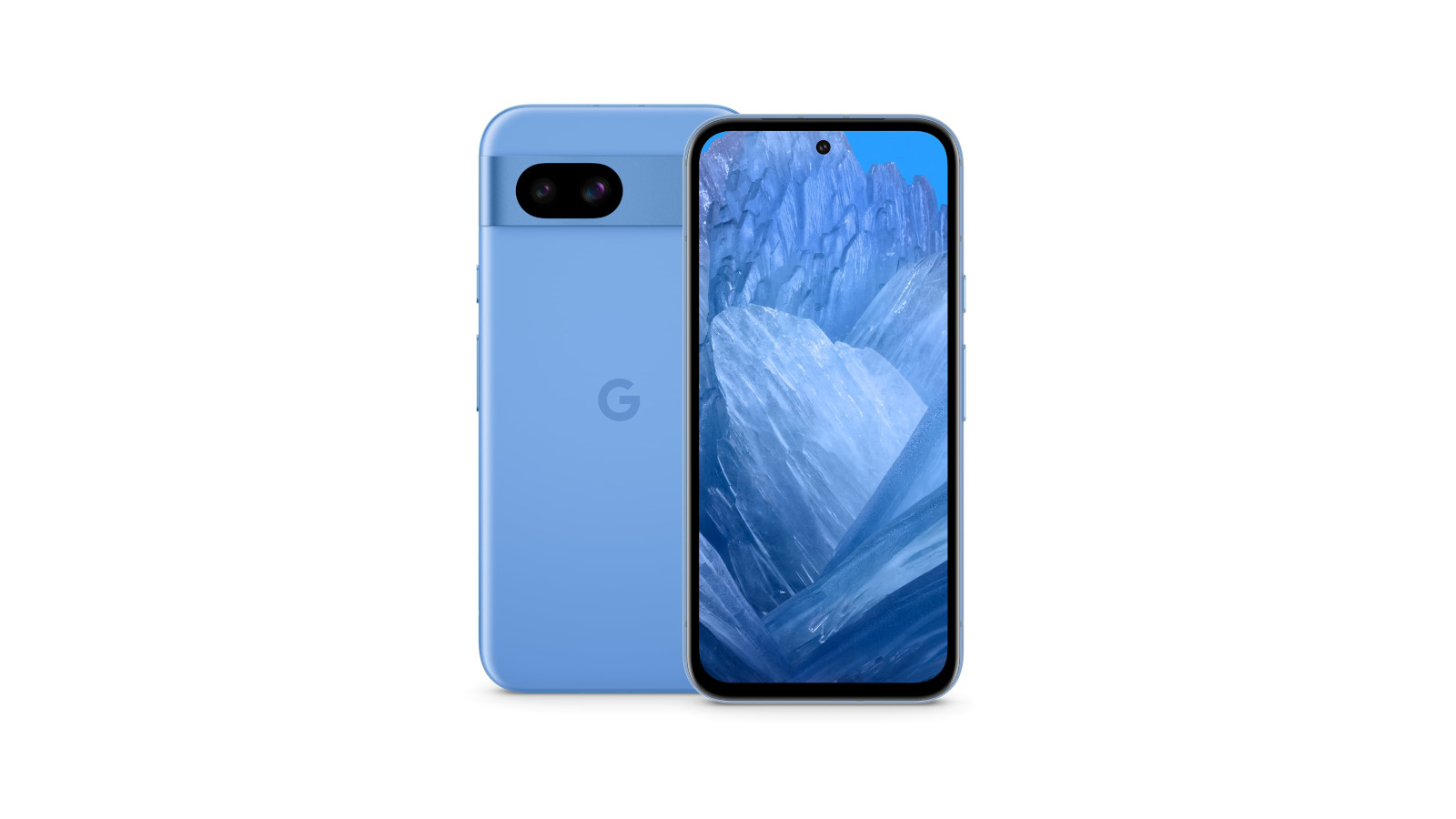
Specifications
Reasons to buy
Reasons to avoid
This is one of the best budget camera phones you can buy right now. Its low price, strong feature set and broad worldwide availability make it the best fit for most creatives. I was already a fan of the Google Pixel 7a (which, until recently, was the occupant of this very spot), and now the Google Pixel 8a has taken the best parts of its predecessor without adding too much in terms of cost.
PRICE – The Google Pixel 8a starts at just $499 / £399 for the 128GB option, but we're seeing it even lower than this on sites like Amazon, where it's $487 in new condition in the US, and in the UK, it's currently listed for only £349 at the time of writing.
🔎 Google Pixel 8a is some of the best value you can get from an Android phone right now, with great cameras. ★★★★½
The rear camera setup is impressive, though you only get a dual-camera module, comprising a wide and an ultra-wide lens, which is pretty standard at this price – generally, if you want a telephoto module as well you can expect to pay a bit more. The main 64MP wide camera produces the best images, but the 13MP ultrawide also puts in a good shift, and in both cases, you get the magic of Google's Gemini AI to give your images a quality tune-up.
The Pixel 8a gets plenty of power out of its Tensor G3 chip – it's naturally not as speedy as the Tensor G4 in the Pixel 9 Pro, and it does tend to run hot, but that's why the Pixel 8a is half the price of the newer flagship. The only real ding against the Pixel 8a is the fact that its 4,400 mAh battery is not the most long-lasting (it'll generally do a day), and charging can be quite slow. Other than those nitpicks, it's a winner!
See our Google Pixel 8a review for more details.
Attributes | Notes | Rating |
|---|---|---|
Cameras | Solid dual-camera setup. | ★★★★½ |
Performance | Last-gen chip still works well. | ★★★★½ |
Battery | Fine, but charges slow. | ★★★½ |
Price | Fantastic value. | ★★★★★ |

"The Google Pixel 8a is a great budget camera phone for most people. It offers top performance at an impressively low price – what more do you need?"
The best mid-range budget camera phone
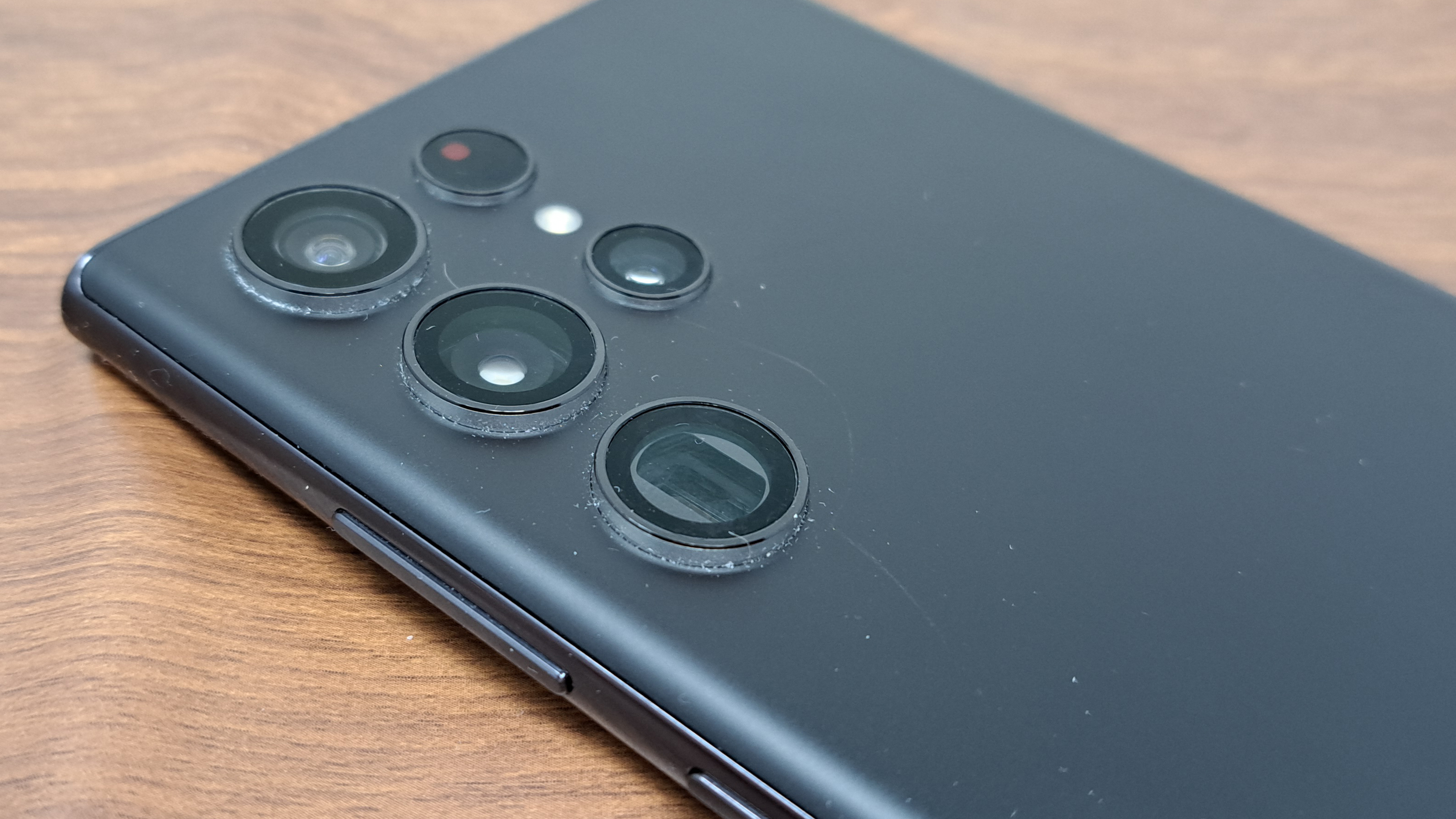
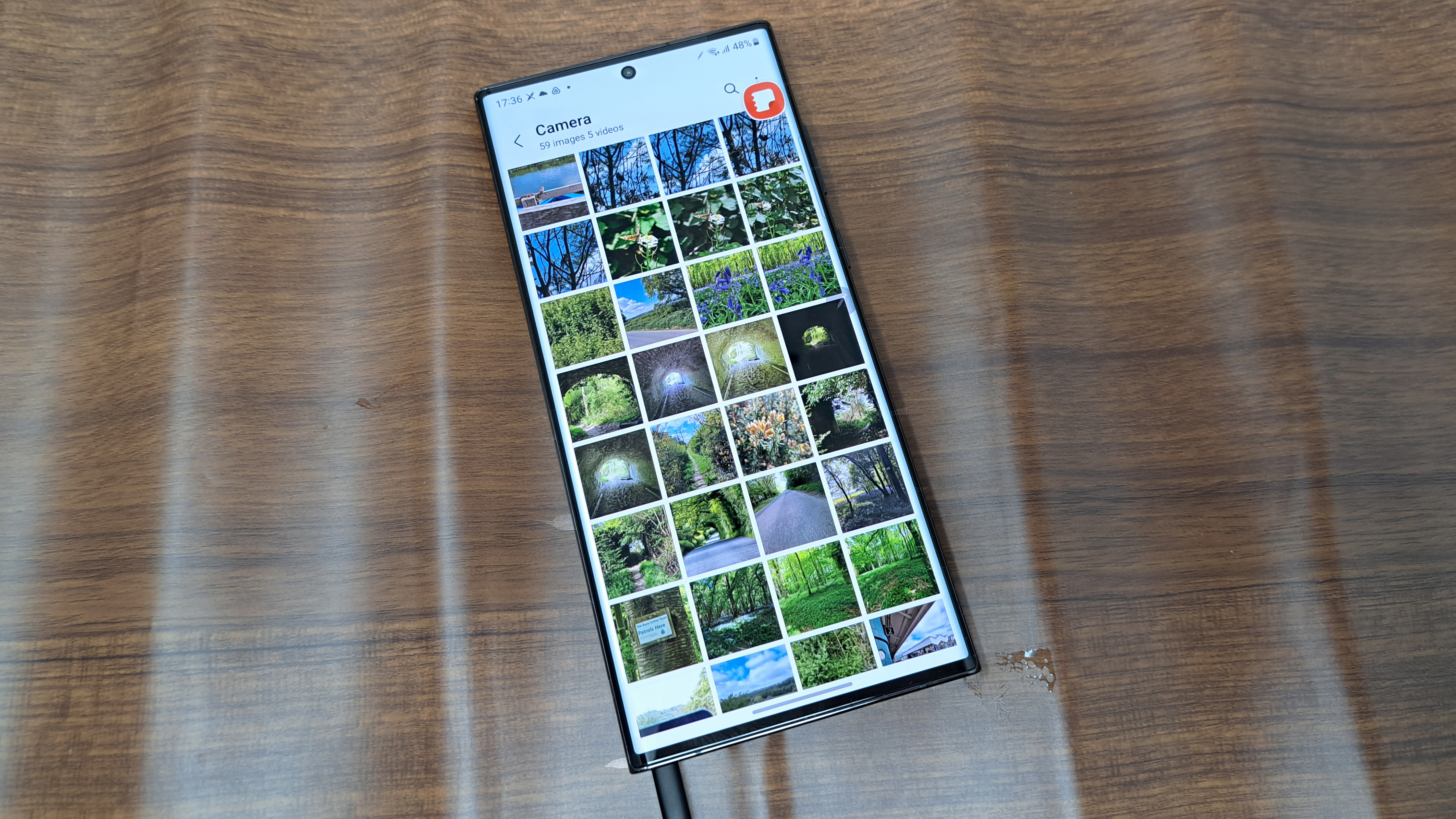
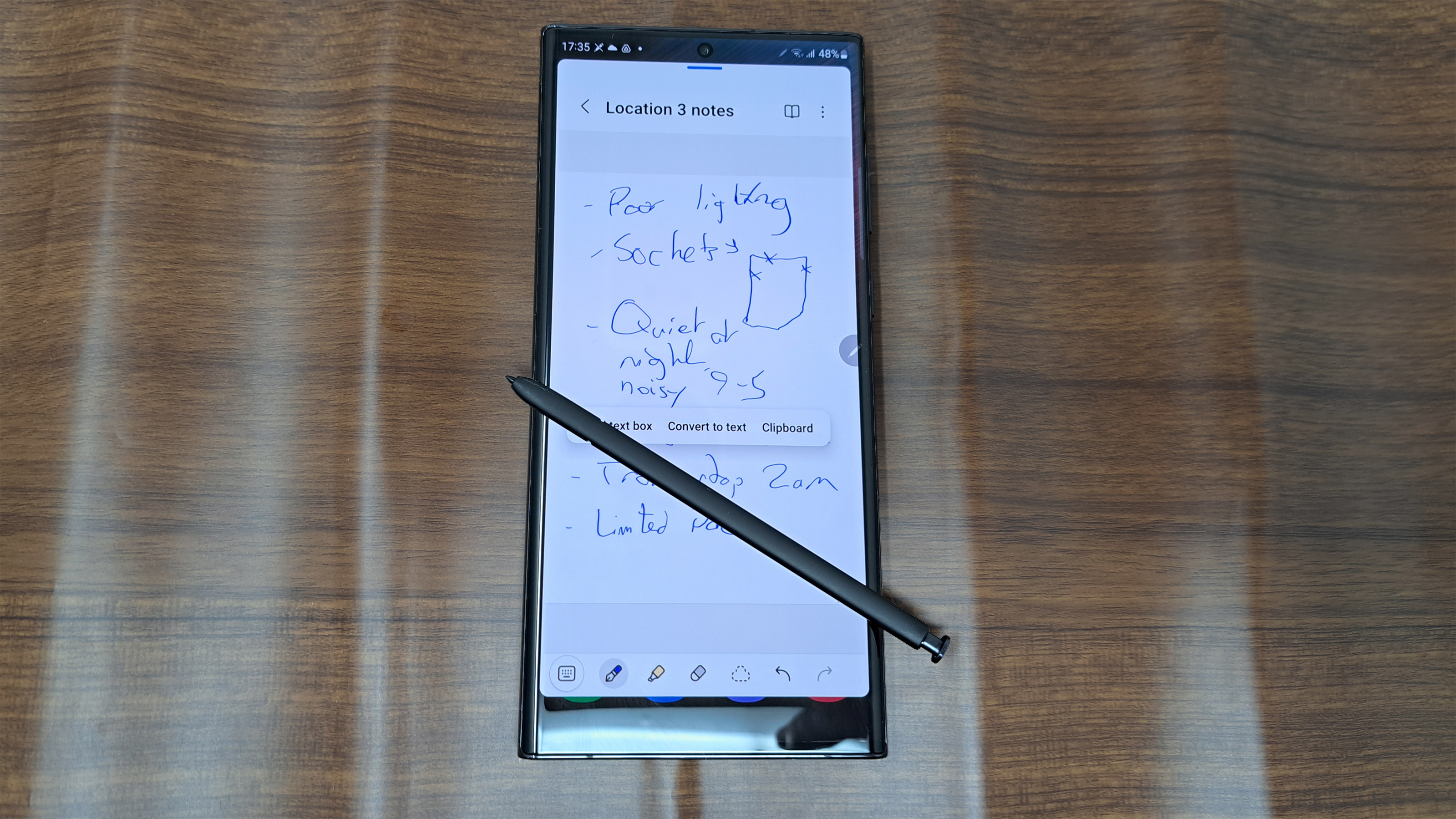
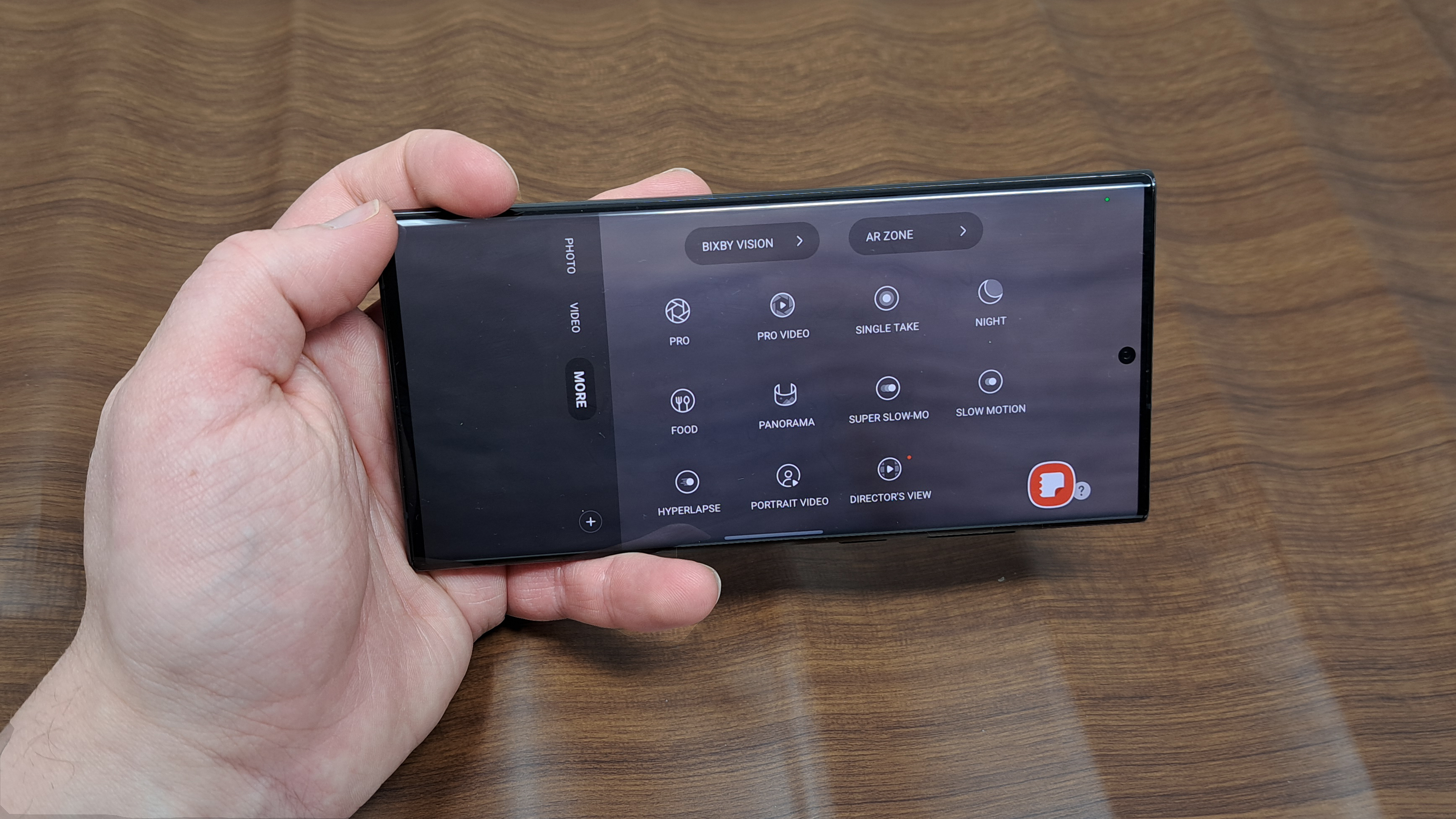
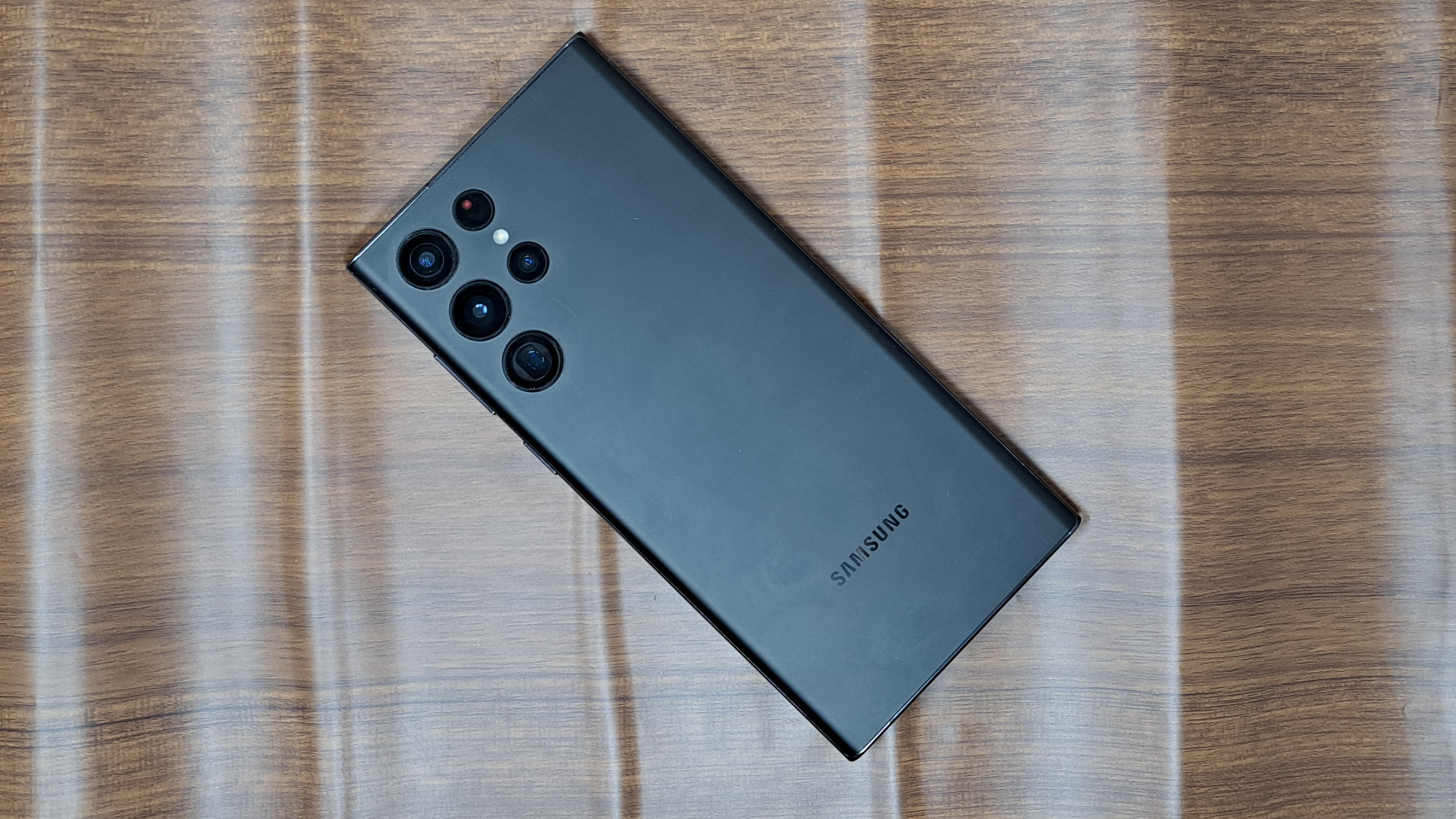
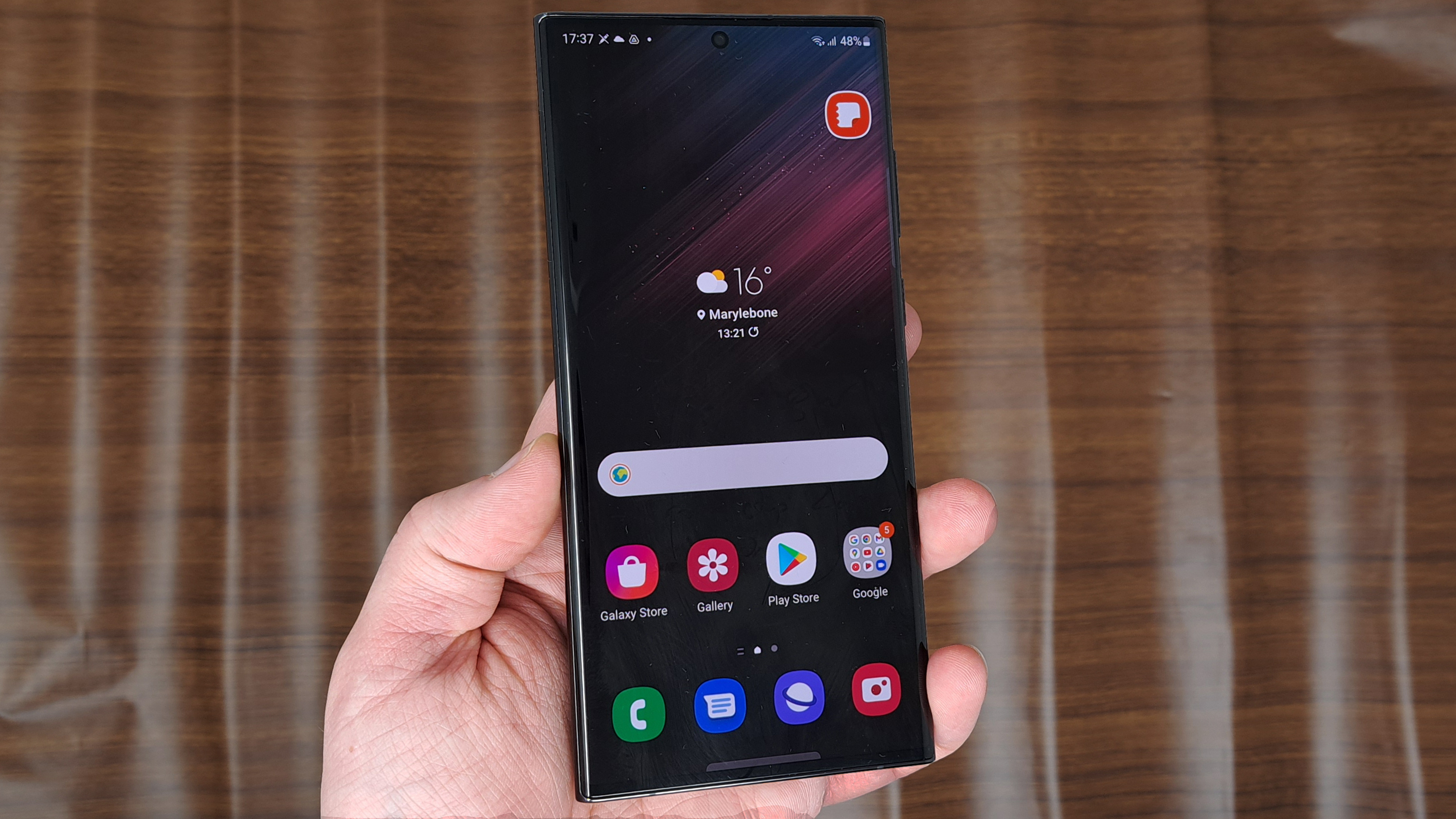
Specifications
Reasons to buy
Reasons to avoid
Released back in 2023, the Galxy S23 Ultra is a few years behind now, but has plenty to offer with its quad-camera array that includes a powerful telephoto zoom, the Samsung Galaxy S23 Ultra impressed us at the time, and still impresses us now. While the Space Zoom was and is a marketing gimmick, the functionality works pretty well without it, and we were able to get decent shots of distant wildlife, which for a phone feels nothing short of miraculous.
PRICE – The then-flagship Samsung Galaxy S23 Ultra would have set you back, at minimum, $1,119.99/£1,249, with prices climbing as high as $1,599 or £1,499 for the model with more storage. Nowadays, you can get it for as little as $580 in the US, or approximately £530 in the UK, an astounding saving on what was originally a premium flagship not that long ago. Does 2023 really feel like some kind of historic, long-dead era where camera phones were a little better than rocks? Of course not!
🔎 Samsung Galaxy S23 Ultra is a flagship from a few years ago that is now heavily discounted – and takes brilliant pictures. ★★★★½
The wide main camera is brilliant for day-to-day shooting, producing punchy images that feel wonderfully vibrant. As it's a slightly older phone now, it's not stuffed with all of the new generative Galaxy AI features, but plenty of users won't be bothered about that. Indeed, I suspect a few of you might prefer it.
This is a strong, versatile phone all around – I haven't even mentioned that it shoots 8K video (though you can practically see the battery drain in real-time while it does so). If you want a cheaper phone but don't want to run the risk of software jank from a lesser-known manufacturer, an older flagship like the Galaxy S23 Ultra is the best choice – one I can wholeheartedly recommend.
Read our full Samsung Galaxy S23 Ultra review.
Attributes | Notes | Rating |
|---|---|---|
Cameras | Still great. | ★★★★½ |
Performance | Plenty of power | ★★★★½ |
Battery | Does a day with light use. | ★★★★ |
Price | Has come down significantly. | ★★★★ |

"The real strength of the Samsung Galaxy S23 Ultra’s camera array is versatility, as it’s just as great for wide snaps as it is for super zoomed-in ones."
The best budget Apple camera phone
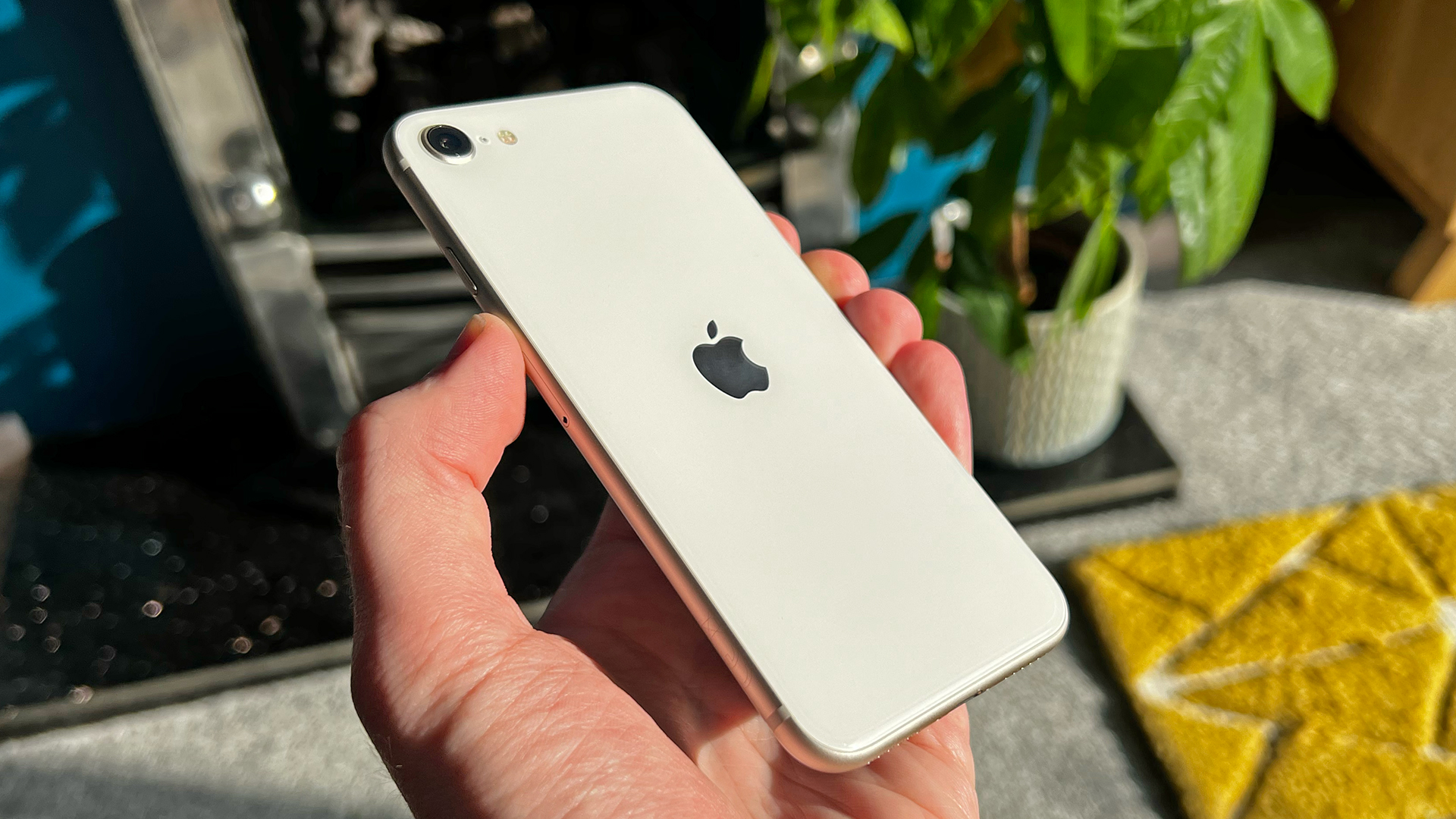
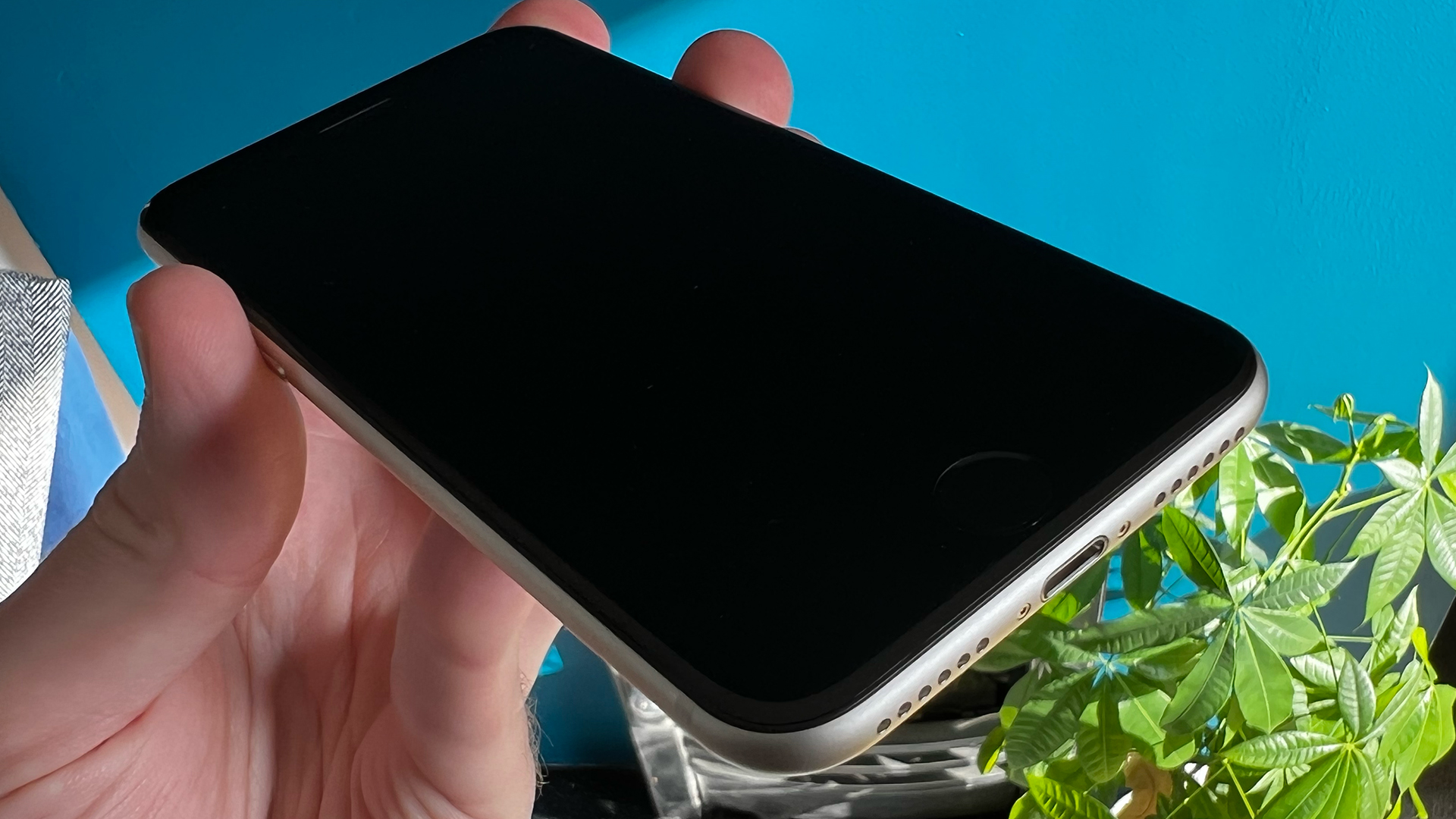
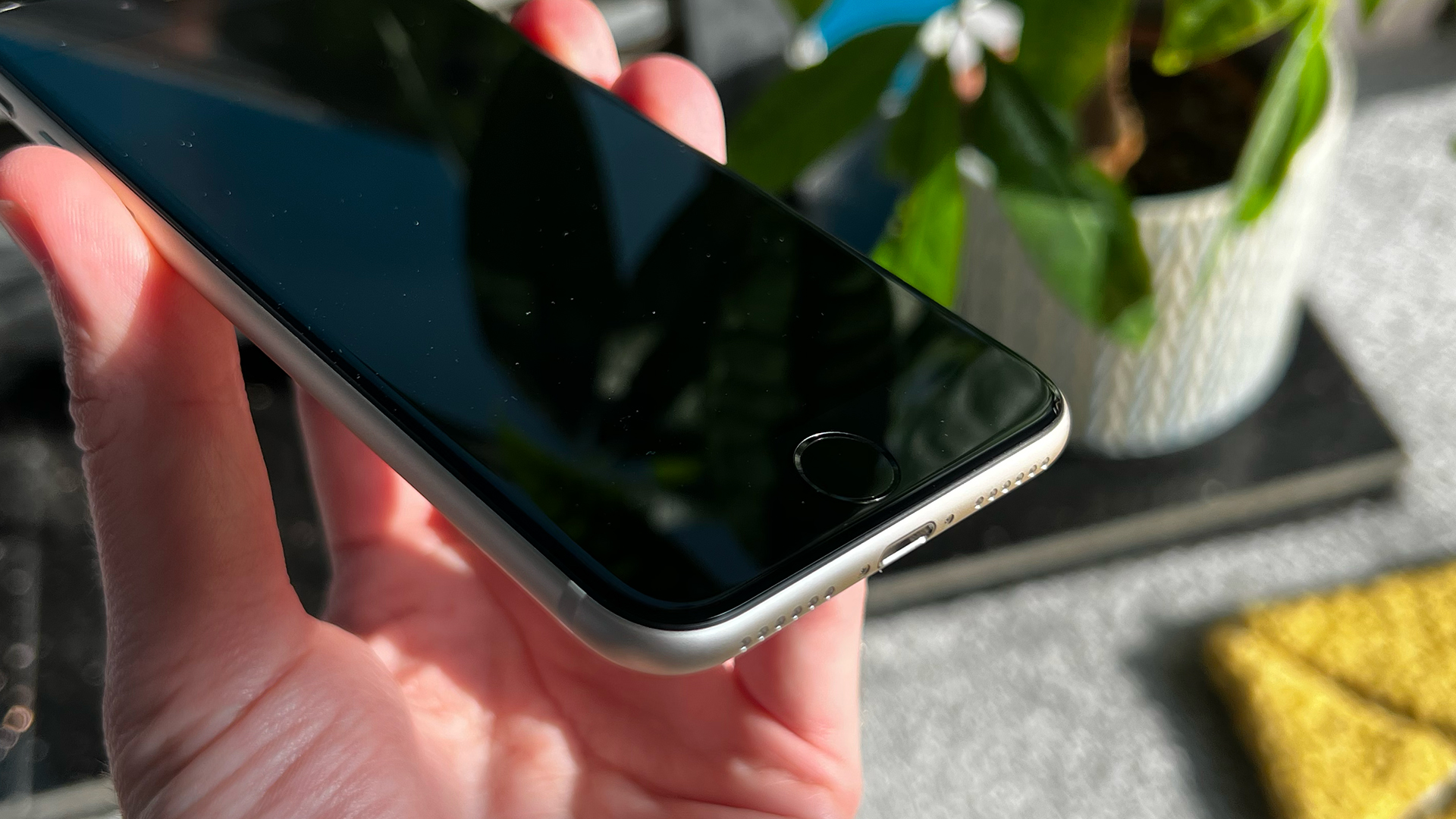
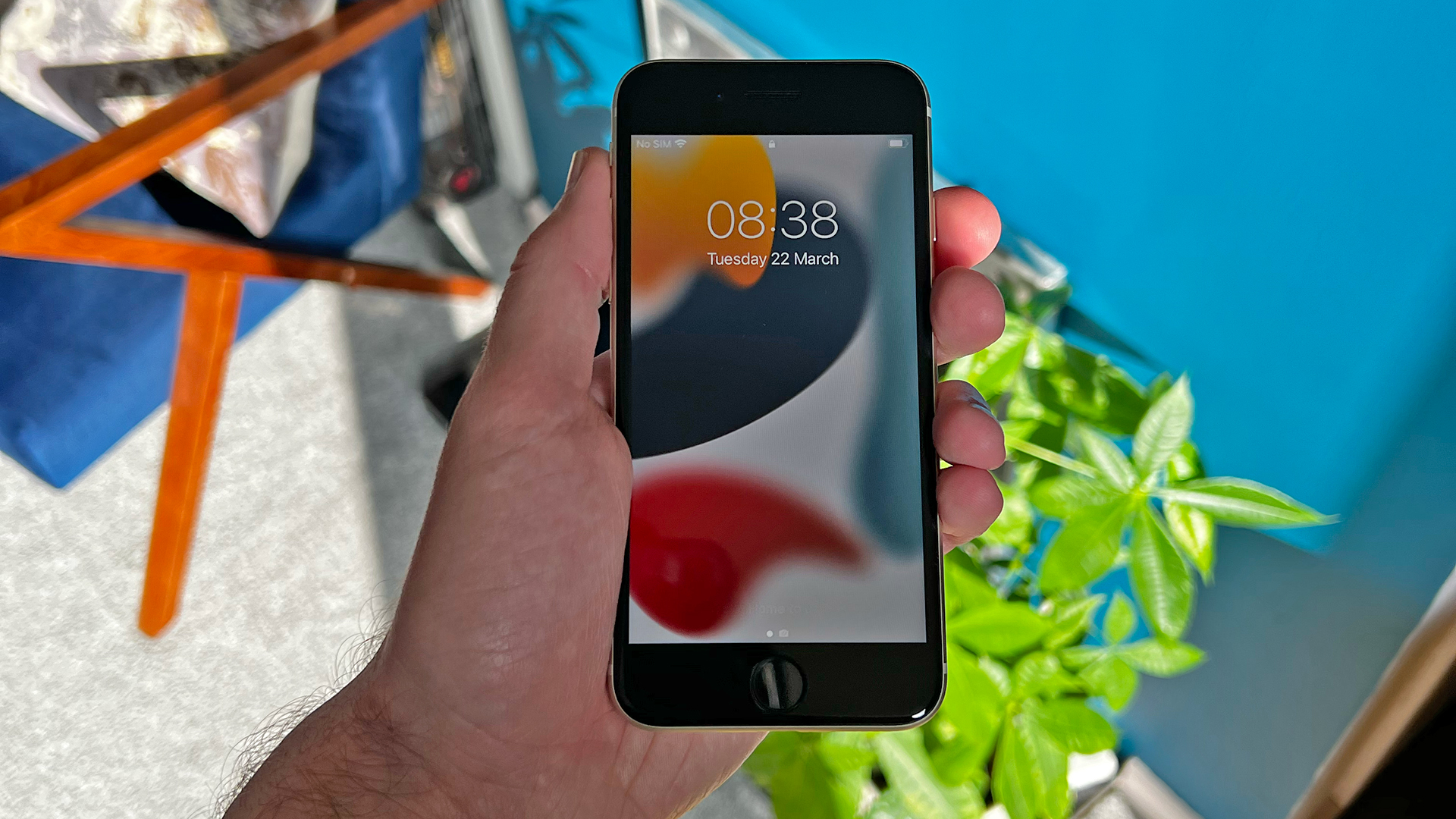
Specifications
Reasons to buy
Reasons to avoid
Apple's iPhone SE has always been a great value camera phone, and price reductions in the years since its release have seen its price come down to very tempting numbers indeed. It combines good performance with water resistance and wireless charging – all flagship features. The design looks very familiar to older iPhones, but we found performance to be on point when we reviewed it.
PRICE – It might be tricky to find this iPhone in brand new condition now that Apple has halted production on it, but if you don't mind a refurbished or pre-owned iPhone then the great news is it will only set you back around $200 / £145 (approximately) depending on the storage size you prefer.
The camera only has one lens on the back, but the single 12MP snapper can grab high-resolution, portrait mode photos and even shoots 4K video. You don't get all of the features of the main line iPhones, like Night mode or Dolby Vision HDR and Cinematic Mode for video, but you do get the vital tools that make the pictures better, including Portrait Mode for people.
🔎 iPhone SE (2022) is an impressive little iPhone, with a camera setup that's basic but capable, and prices have come down since launch. ★★★★
Photos don't have the vibrant colours and dynamic range of as those on the iPhone 14 Pro and subsequent models, but they do have a lot of detail. Add to that the price, which has come down since launch and Apple’s beating many Android smartphones at the game they normally dominate: value for money.
Read our iPhone SE (2022) review.
Attributes | Notes | Rating |
|---|---|---|
Cameras | Basic but capable. | ★★★★ |
Performance | Classic Apple smoothness. | ★★★★½ |
Battery | Short, but charges fast. | ★★★ |
Price | Great for an iPhone. | ★★★★½ |

"The iPhone SE's small size will be exactly what some people want, and its strong camera and processor make it great for lots of creative tasks on the go."
Best budget camera phone for portraits
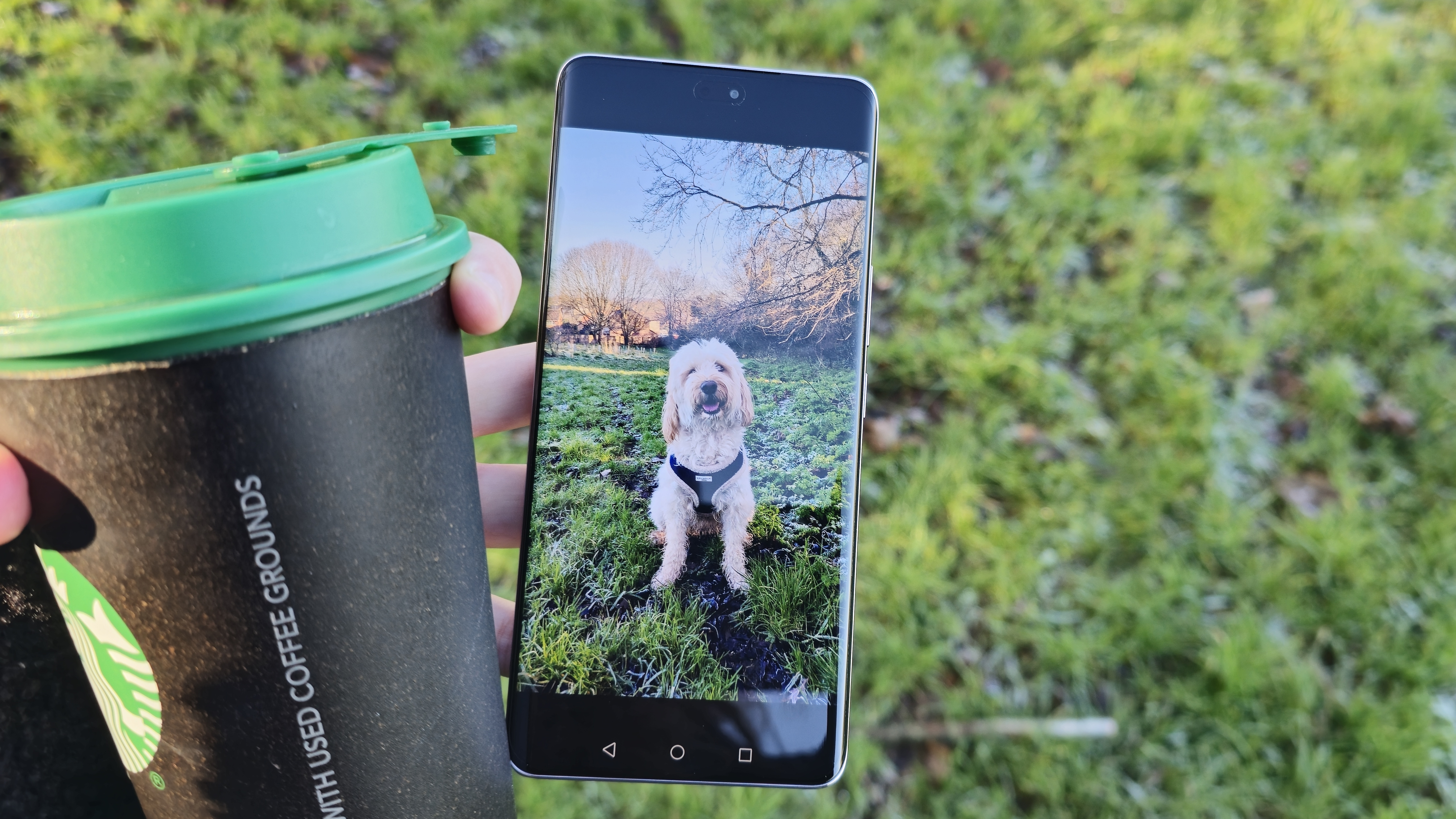
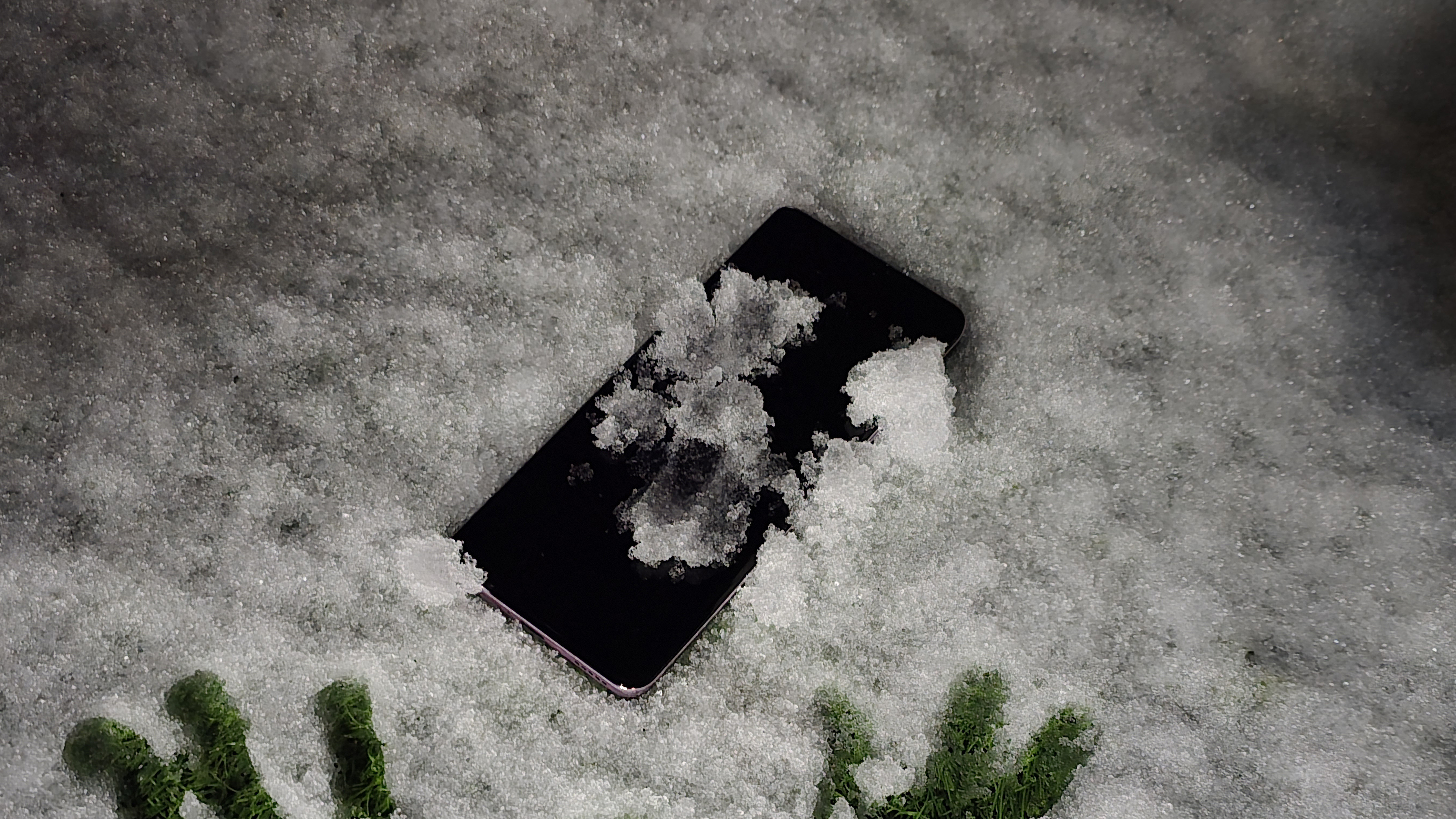
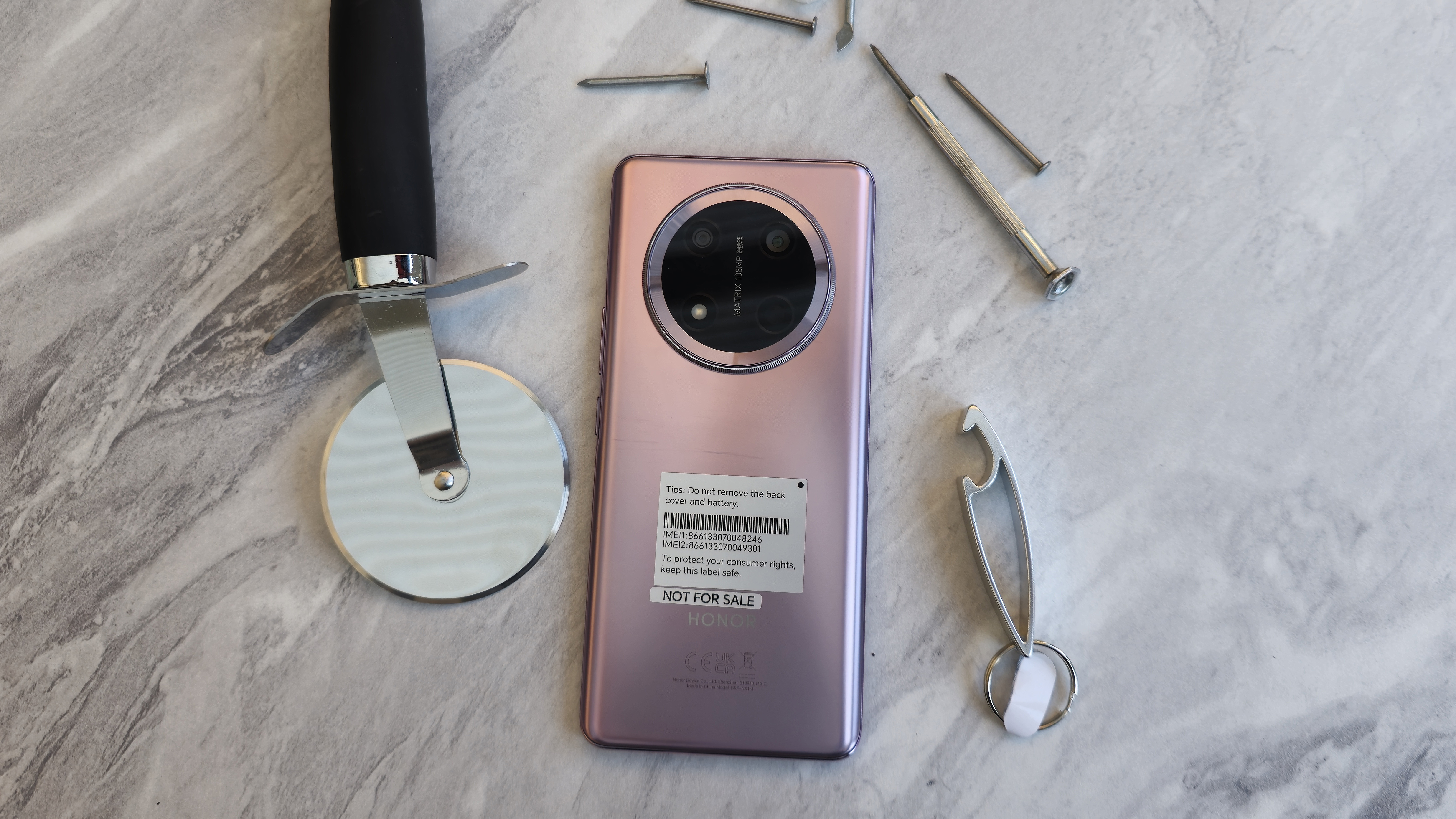
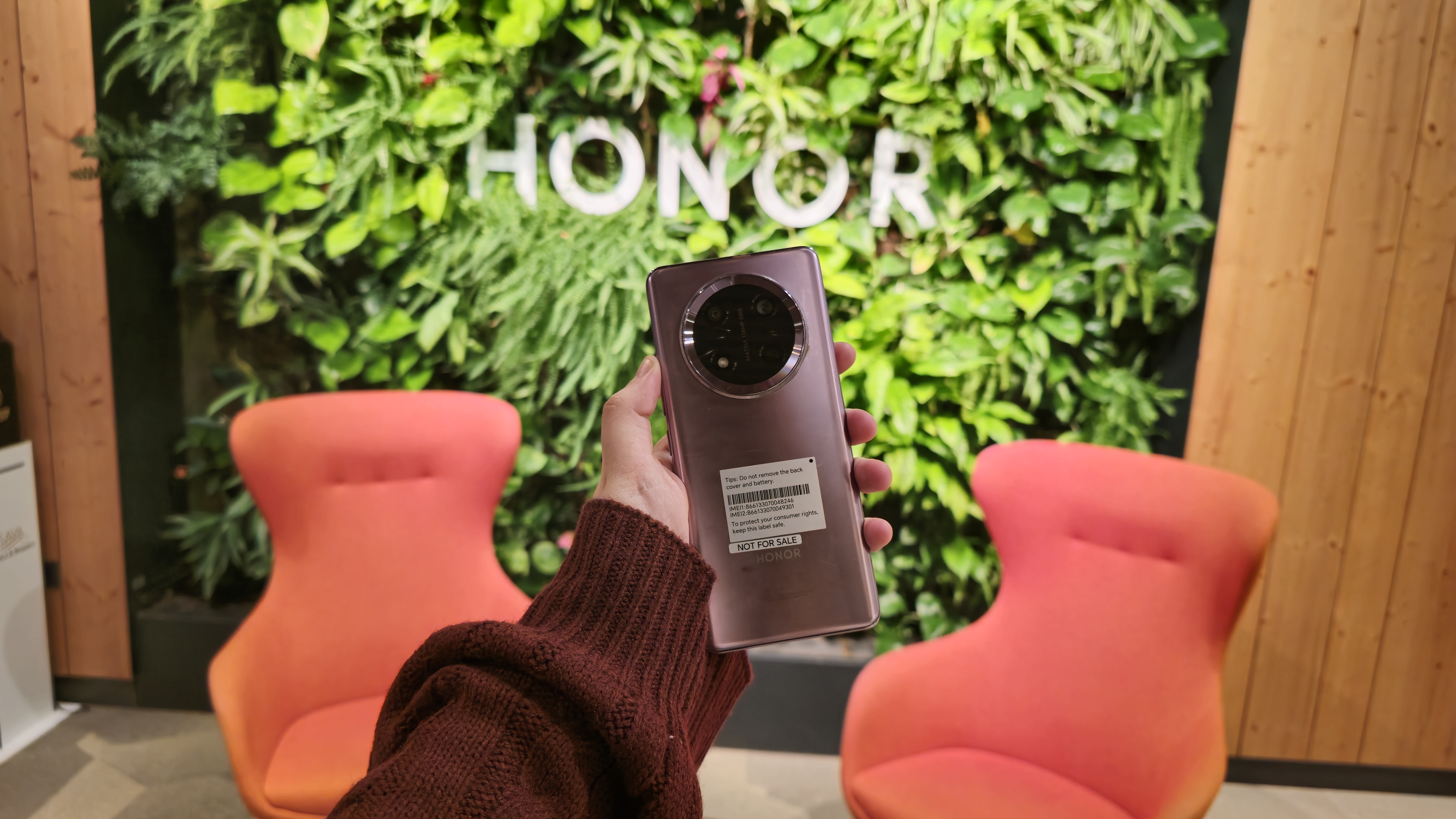
04. Honor Magic 7 Lite
Specifications
Reasons to buy
Reasons to avoid
Honor's Magic 7 Lite is one of the best budget camera phones that you can buy right now, and if it weren't for the fact that Honor phones aren't widely accessible in the US then I think this phone could even be top of our list. It sports a 108MP motion-sensing camera with a 5MP ultra-wide-angle lens and can capture pretty sharp shots.
PRICE – One of the best things about the Honor Magic 7 Lite is not only its indestructible nature but its super low £399 price tag. If you ask me, Honor is practically giving the phone away at this price, and you truly get your money's worht and more with it.
The Magic 7 Lite has powerful tools for editing your photos after capture, and I love that AI photo modes can be toggled on and off as you please. There's also the option to shoot moving images, and multi-video recording, and one of my fave features is the ultra-clear AI Night Mode. It also has OIS stabilisation and auto-capture features that can detect smiles, jumps, and action shots so you never miss a moment.
🔎 Honor Magic 7 lite is a top choice for content creators on a budget, never miss a moment with auto capture and tweak your photos with AI tools for editing ★★★★
I spent a few weeks with the Honor Magic 7 Lite back in January and received a very specific set of instructions from Honor on how to test out this budget smartphone. It involved tasks such as dropping the phone from a height of 2 meters, scratching up the screen, leaving it in cold temperatures (I buried it in the snow for 2 hours) and using it as a utensil for cooking and food prep.
The Magic 7 Lite is a great all-around phone, and has a ton of top features that really set it apart at this price point. For example, it's drop-resistant to military-grade standards, has a 3-day battery life, an OLED display with 120Hz refresh rate, a slim titanium design, and impressive AI performance.
Attributes | Notes | Rating |
|---|---|---|
Cameras | Two excellent options for this price | ★★★★½ |
Performance | Superb performance with Honor AI | ★★★★ |
Battery | This thing can last days without a charge | ★★★★★ |
Price | Less than 1/3 of the cost of flagship smartphones | ★★★★½ |

"Honor asked me to put this phone through a Not So Fragile challenge during my time testing it, and I had so much fun while discovering that this phone is indestructible"
Best AI budget camera phone
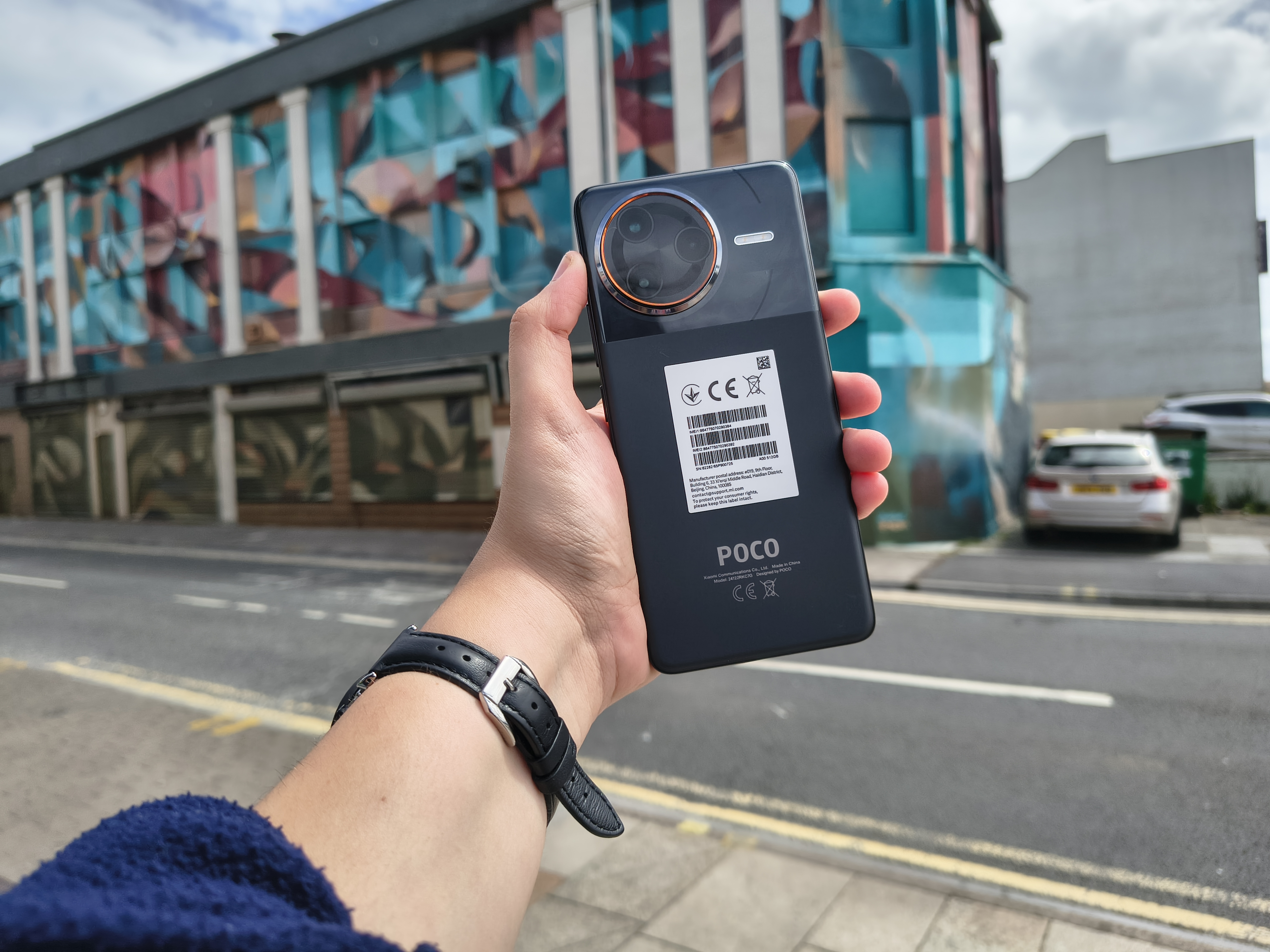
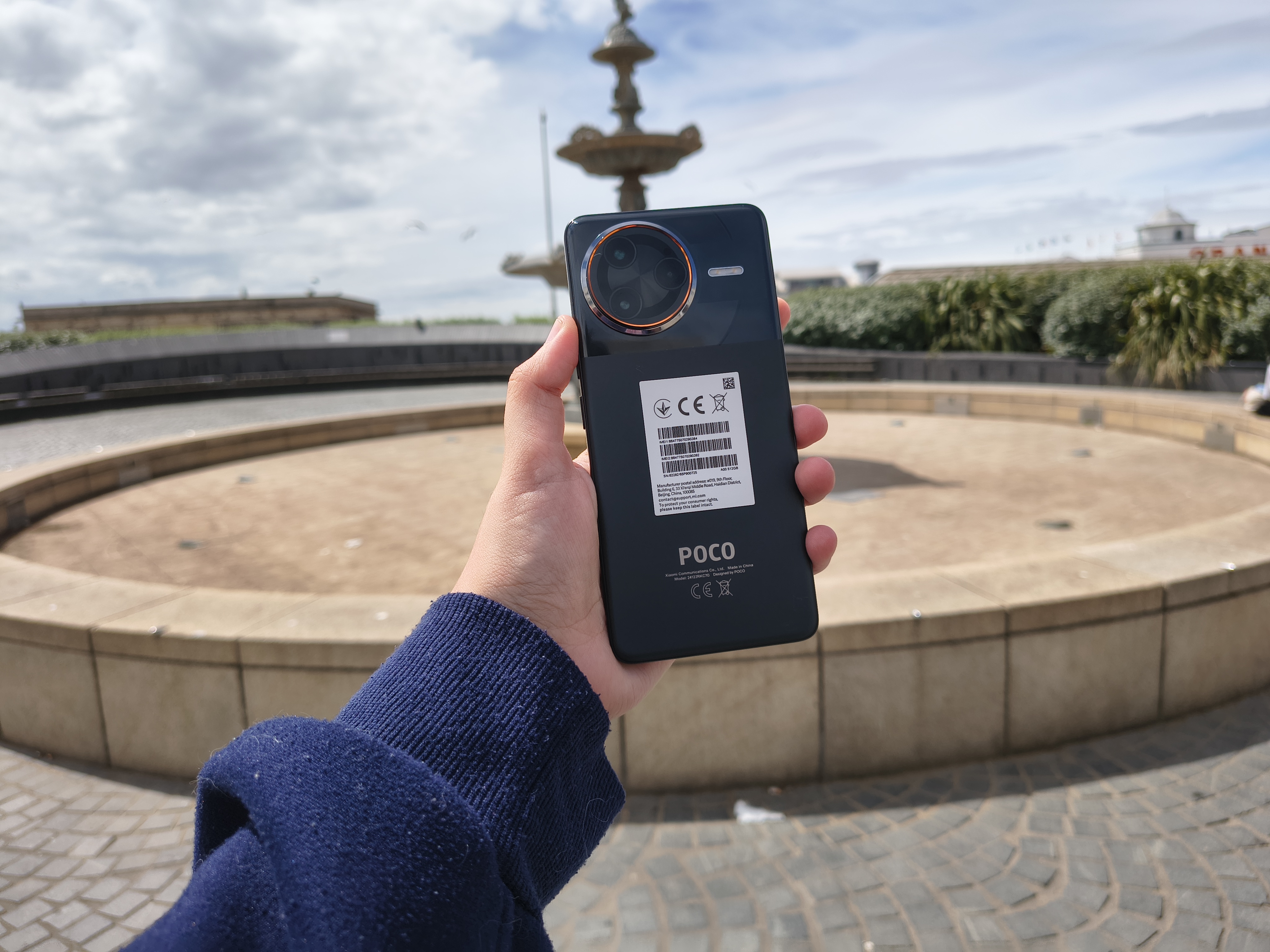
Specifications
Reasons to buy
Reasons to avoid
I think this might be one of the sharpest budget camera phones I've ever tested, and I've been absolutely amazed by its performance during my time testing the POCO F7 Ultra. If you haven't heard of POCO, it's a sub brand of Xiaomi, as well as Redmi, which manufactures top-class camera phones with exceptional image quality. While the POCO range is certainly a lot cheaper, it retains a lot of the incredible camera features.
PRICE – You can bag yourself a Poco F7 Ultra for around $649 / £569 (though you can get it even cheaper than this during promotional sales periods). The entry-level configuration comes equipped with 12GB of RAM, and 256GB of internal storage, which is plenty for most people.
If you're looking for a slightly cheaper POCO, I got hands-on earlier this yearwith the Poco X7 Pro during an event in London, and I was very impressed with the ambitious performance of this phone for the ridiculously low price of $299 / £309. The Poco X7 Pro model also launched with a standard Poco X7 sibling, which is a more stripped-back (yet still powerful) device at an even lower price of £249 / $229, which when on sale, falls to only $199 (yes, really).
🔎 Poco F7 Ultra proves that phones with great performance don't need to cost the earth, and has everything you need in one package ★★★★
Xiaomi's Poco F7 Ultra is a flagship in disguise, and the camera quality has seriously shocked me. It can capture a moving subject (like my dog flying after a tennis ball) with incredible sharpness and detail, and I think in this aspect, it might even be better than the Samsung S25 Ultra (which I've also recently tested)
. Despite this being an AI camera phone, it's very subtle. There's no overprocessing images with ultra HDR, but the shots do look very well exposed and sharp in every scene. It comes equipped with a 50 MP f/1.6 (wide) + 32 MP f/2.2 (ultrawide) camera, and a 50 MP, f/2.0, 60mm telephoto, with a generous 32 MP, f/2.0 front camera for selfies.
I think if more consumers were aware of Poco's existence, this smartphone brand would be game-changing for its high-quality devices at such a cost-effective price.
See my Poco F7 Ultra quick review for more details.
Attributes | Notes | Rating |
|---|---|---|
Cameras | Amazingly sharp, with impressive AI editing | ★★★★ |
Performance | Top-tier, great for gaming | ★★★★ |
Battery | Phenomenal battery | ★★★★★ |
Price | Not the cheapest POCO, but a flagship in disguise | ★★★ |

"This phone is unbelievably sharp, and you get so much value for money thanks to its speedy and capable performance, and AI-boosted power, making it great for creatives on a tighter budget"
Best budget camera phone for battery life
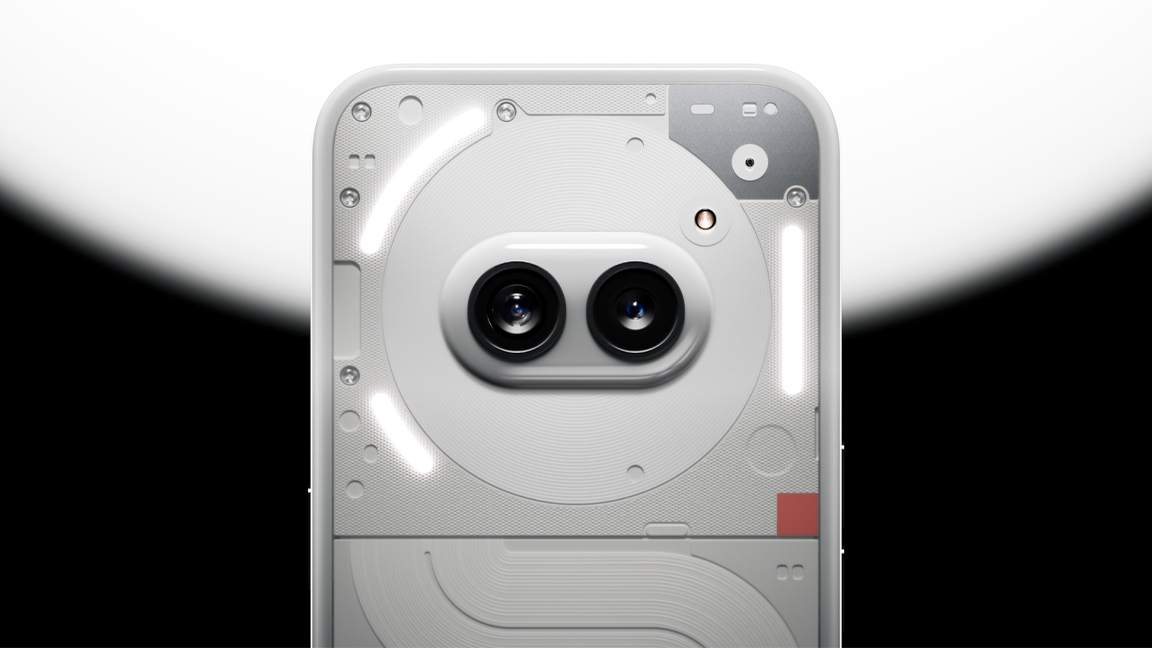
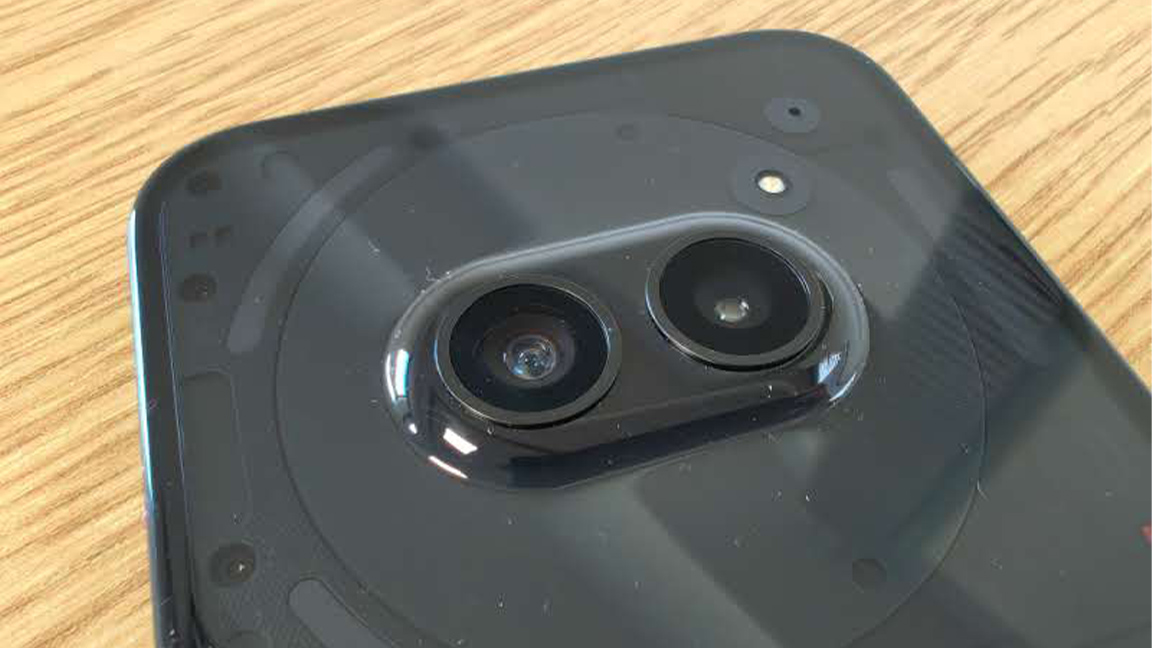
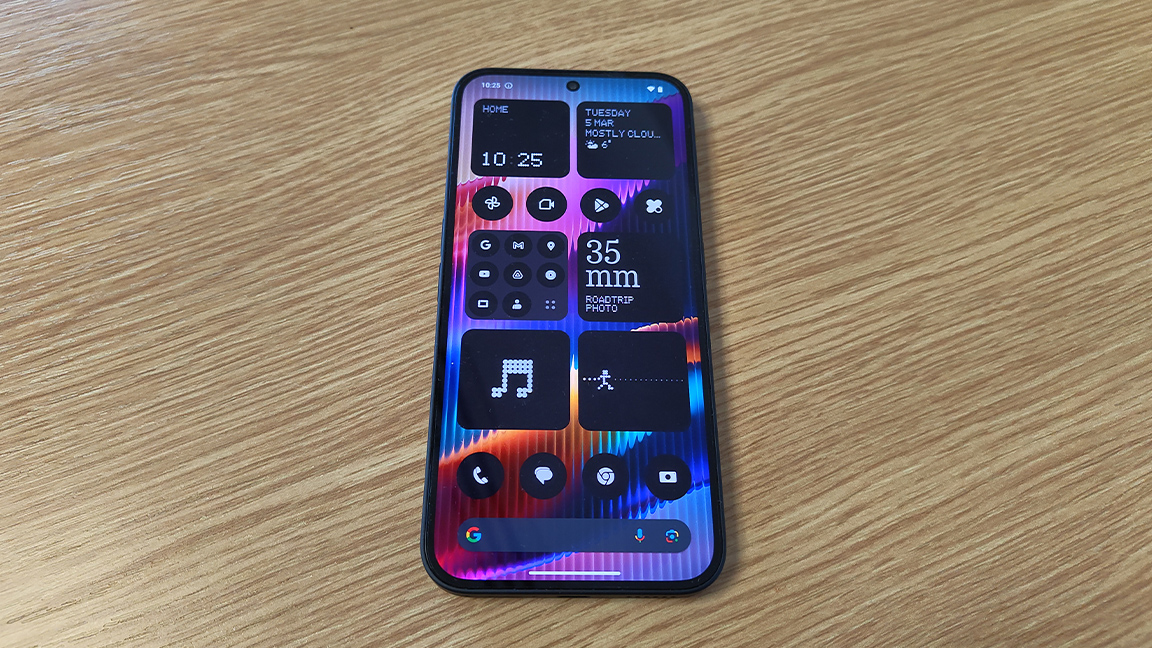
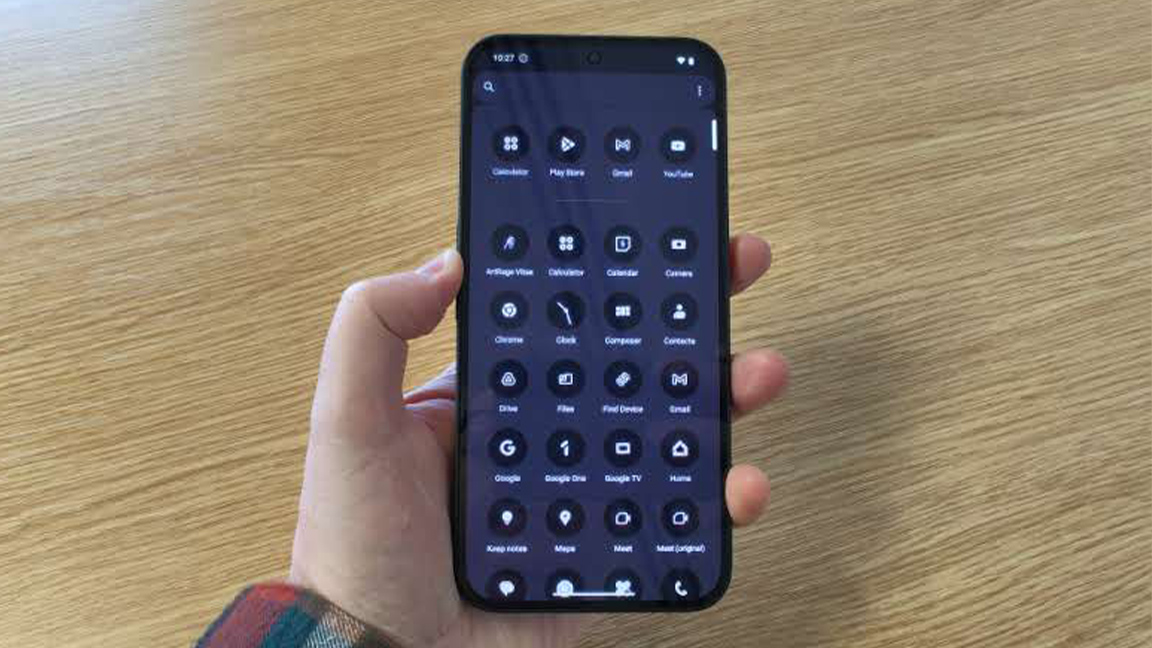
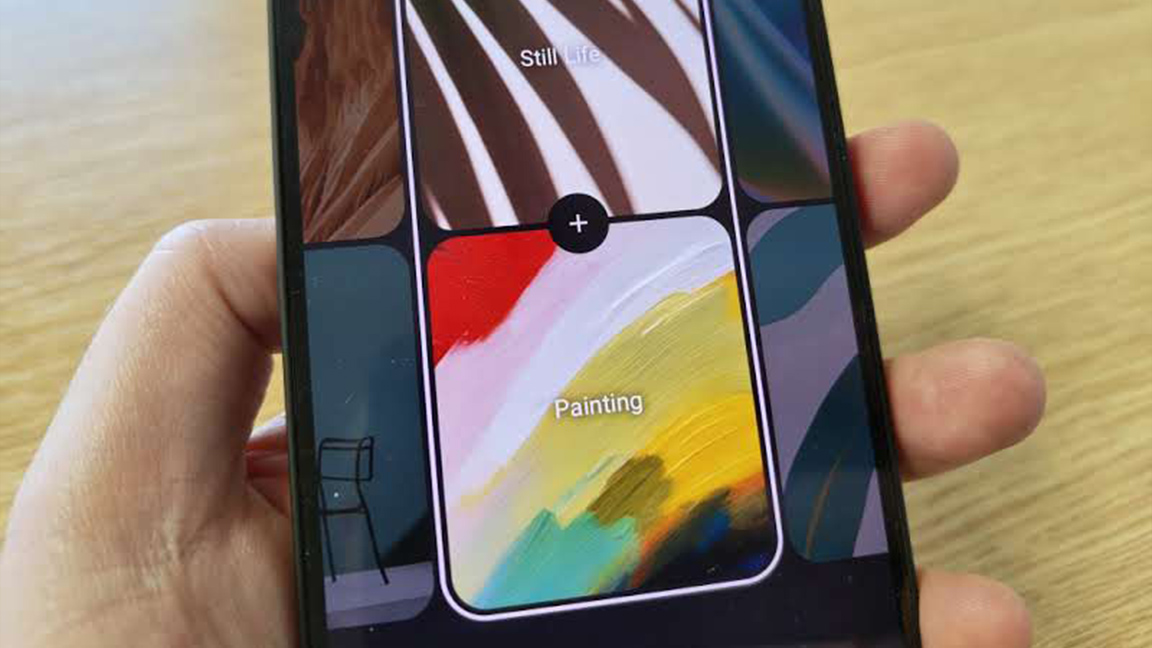
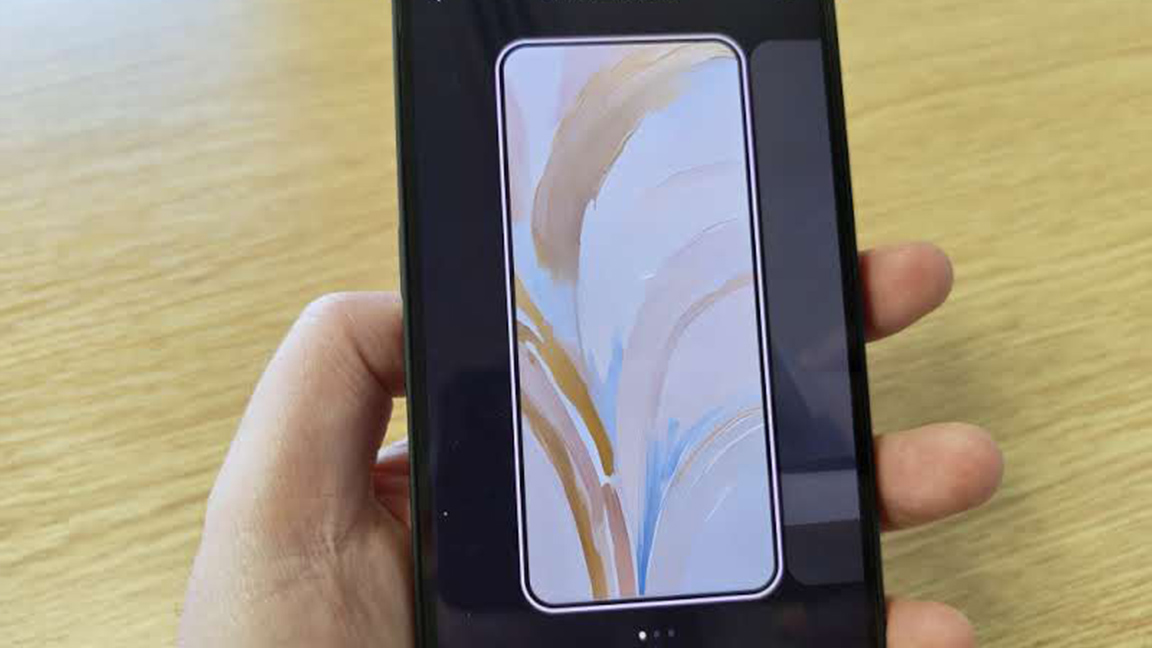
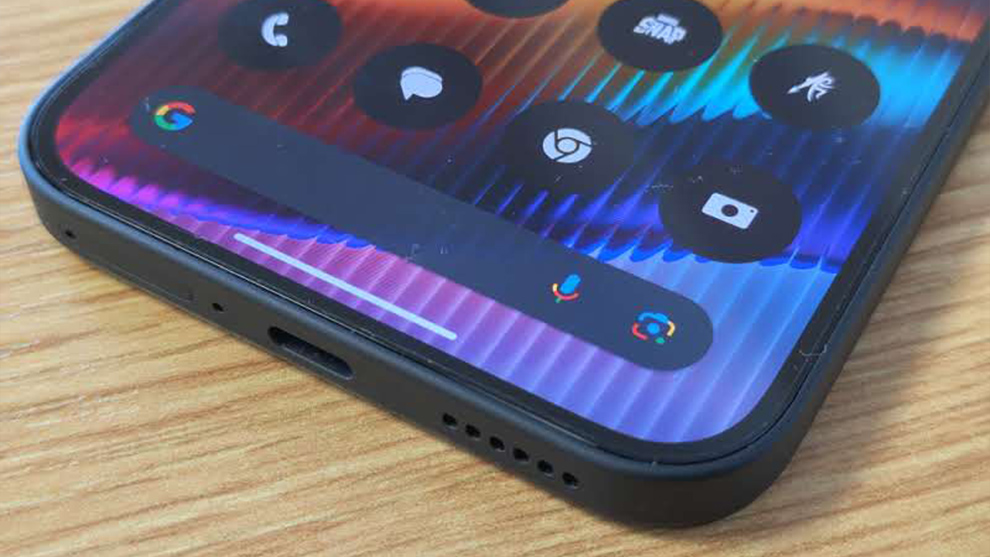
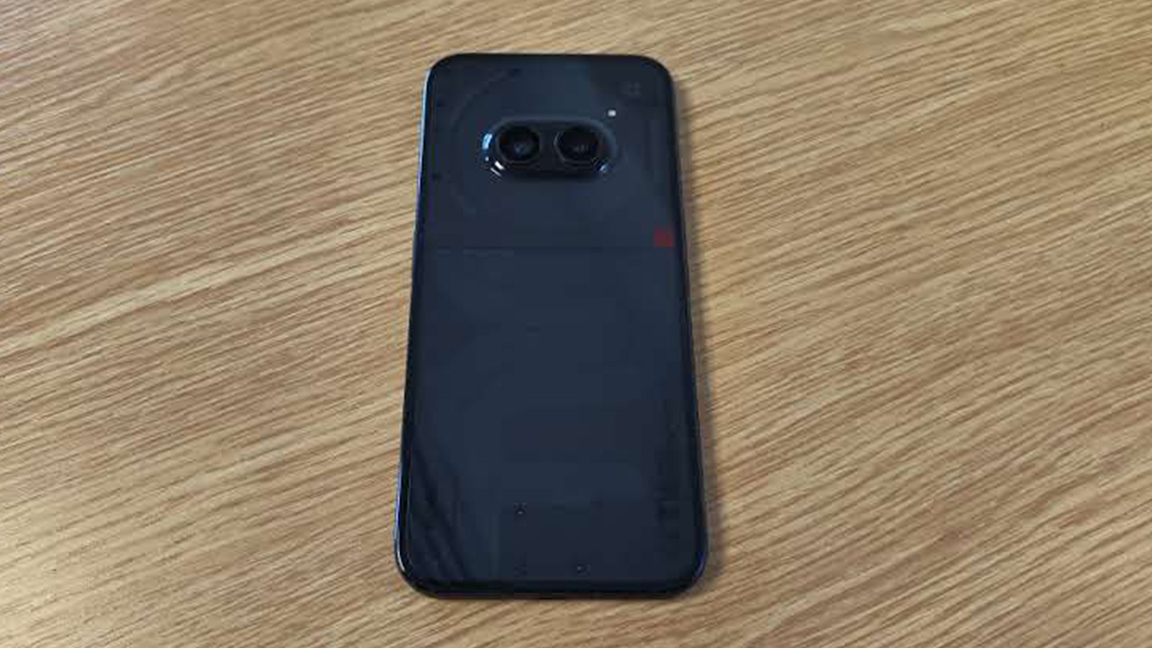
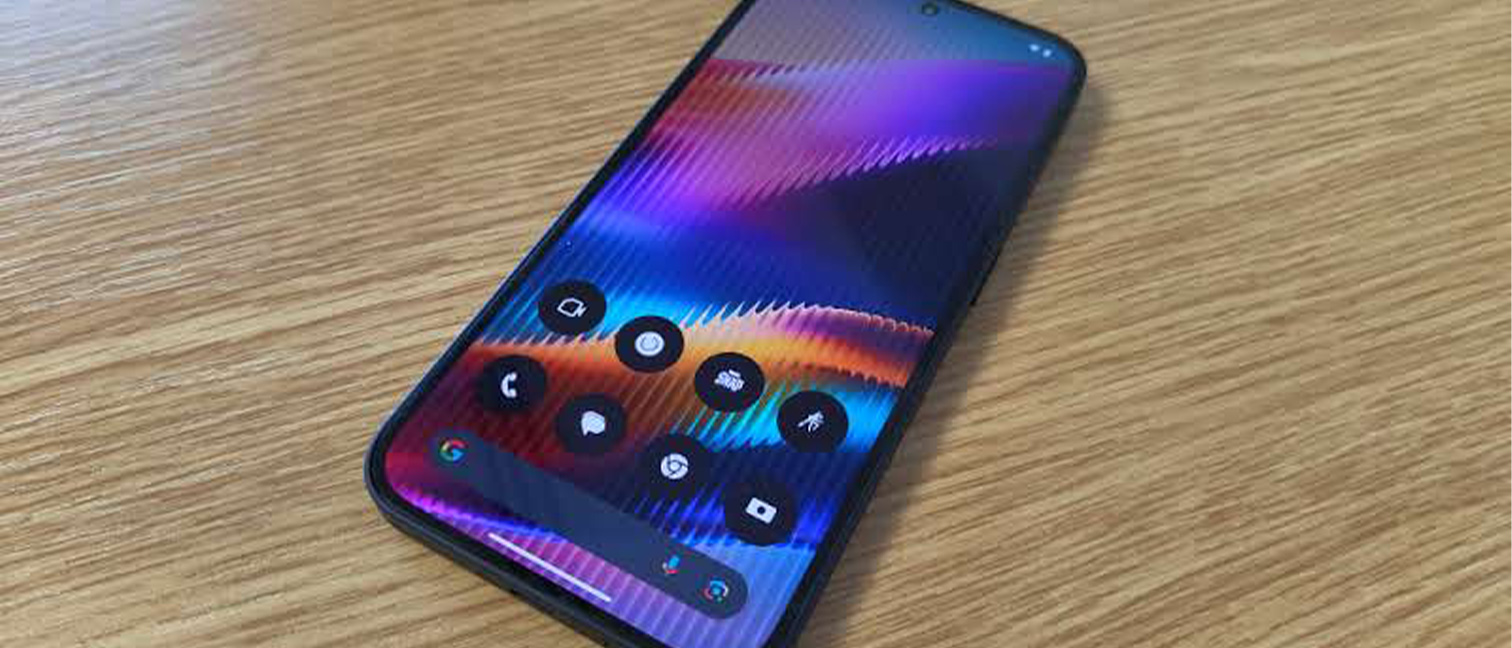
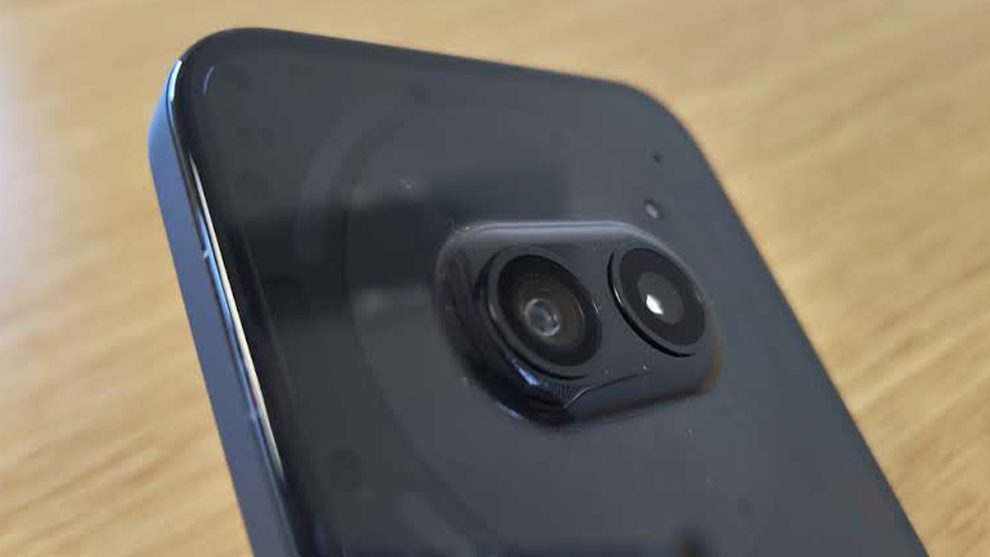
Specifications
Reasons to buy
Reasons to avoid
The Nothing Phone 2a is another underdog handset that you may not have heard of, but the brand has been steadily evolving over the years and we love its innovative approach to tech and design above all else.
PRICE – While Nothing does have some flagship contenders, the 2a is a more budget-friendly model with very capable specs and a great camera phone, all for a price of $350 / £319.
With that said, the price of this phone might be tempting but be wary that it does struggle with more complex uses, like digital art. During testing, our reviewer found that the phone performed flawlessly running games like Marvel Snap on its highest graphics settings, with no noticeable lag, although art apps like ArtRage Vitae and Sketchbook were less impressive and visibly laggy.
🔎 Nothing phone 2a is a phone designed for designers, with a fresh take on the interface and apps without compromising on performance at a great price ★★★★
The phone runs Android 14, and comes equipped with a MediaTek Dimensity 7200 Pro processor making it great for general use. Nothing has improved the battery life (5,000 mAh) dramatically with this model, improving charging speeds and durability compared with the Nothing Phone 1 and Nothing Phone 2. In terms of camera phones, you get a 50MP main camera, and a 32MP selfie camera, which is pretty rare for this kind of mid-range smartphone.
if you're looking for a Nothing Phone with a great camera, I recently pitted the Nothing Phone (3a) Pro against my Samsung S24 Ultra in a camera phone shootout, and the results were seriously close. We also have a review of the Nothing Phone 2a Plus model if you like your budget handsets a little bit bigger.
Take a look at our full Nothing Phone 2a review for more details
Attributes | Notes | Rating |
|---|---|---|
Cameras | Great but not the best I've ever used | ★★★ |
Performance | A breath of fresh air with fancy UI | ★★★★ |
Battery | Big improvement over previous models | ★★★★ |
Price | Excellent value for money | ★★★★½ |

"You'll be a hard pressed to find a budget camera phone with a 50MP camera for less than $350 / £319 these days"
Best rugged budget camera phone
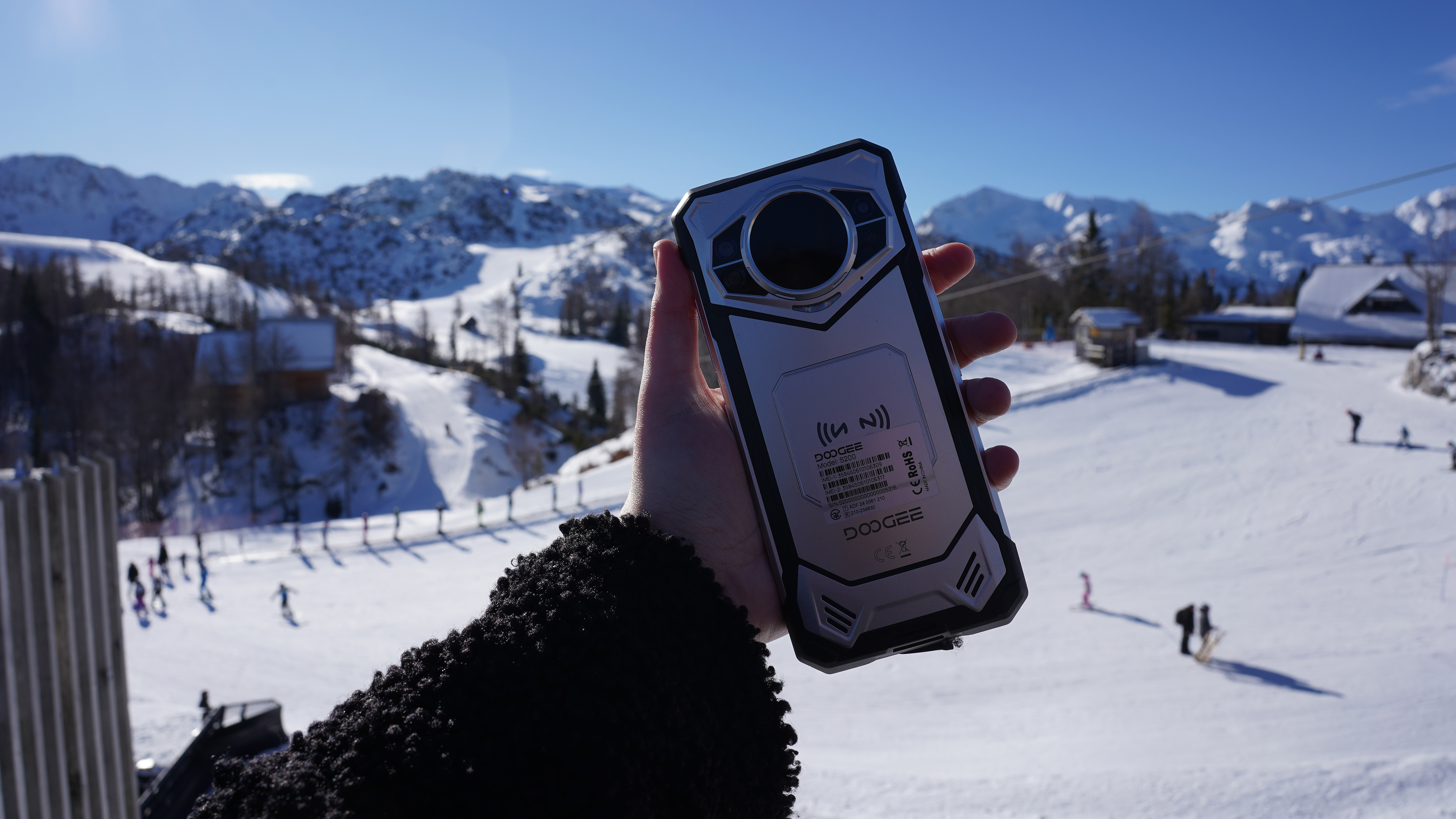
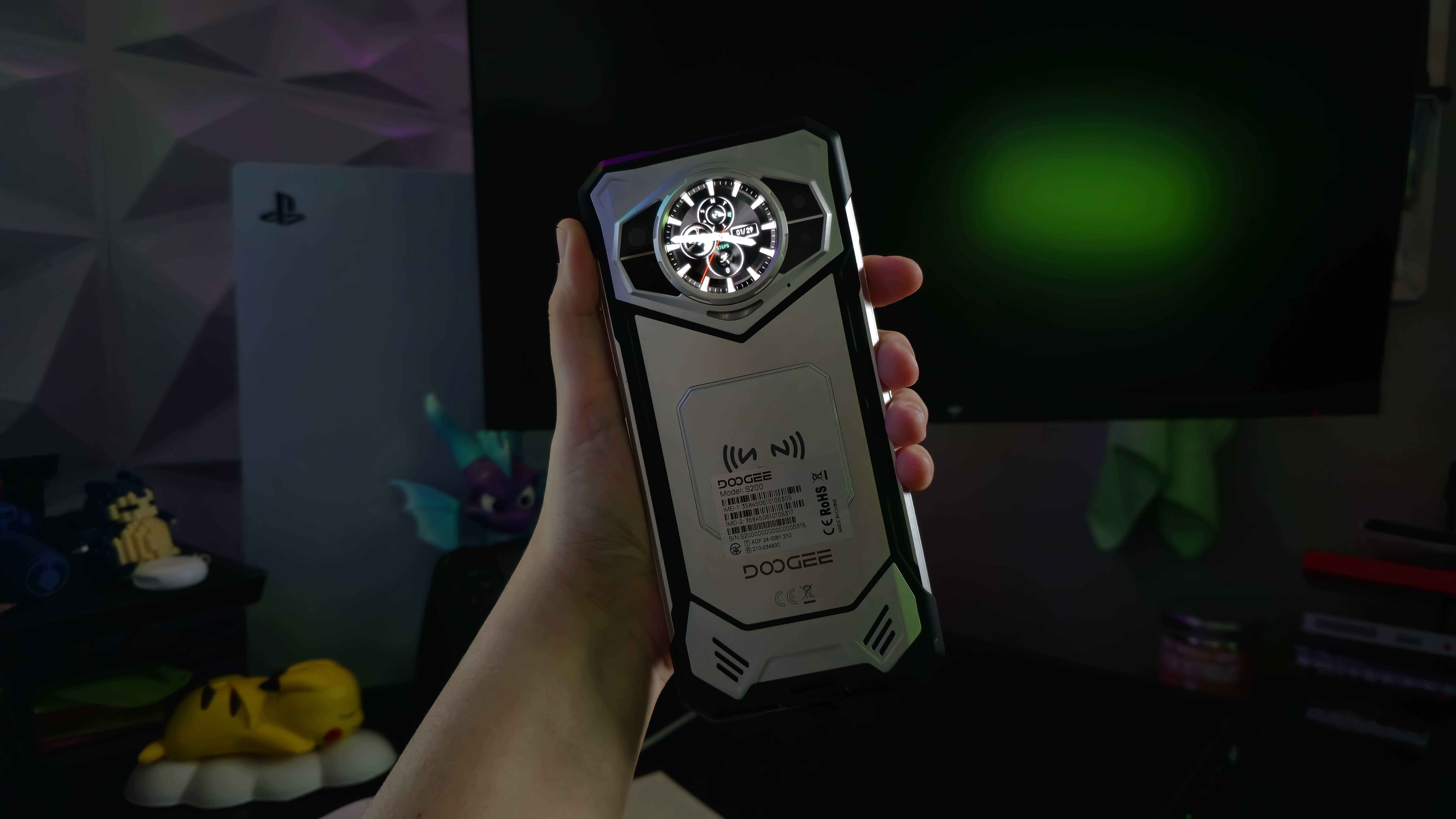

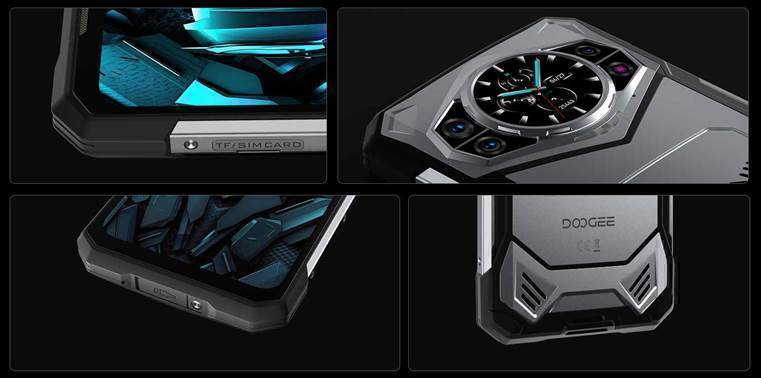
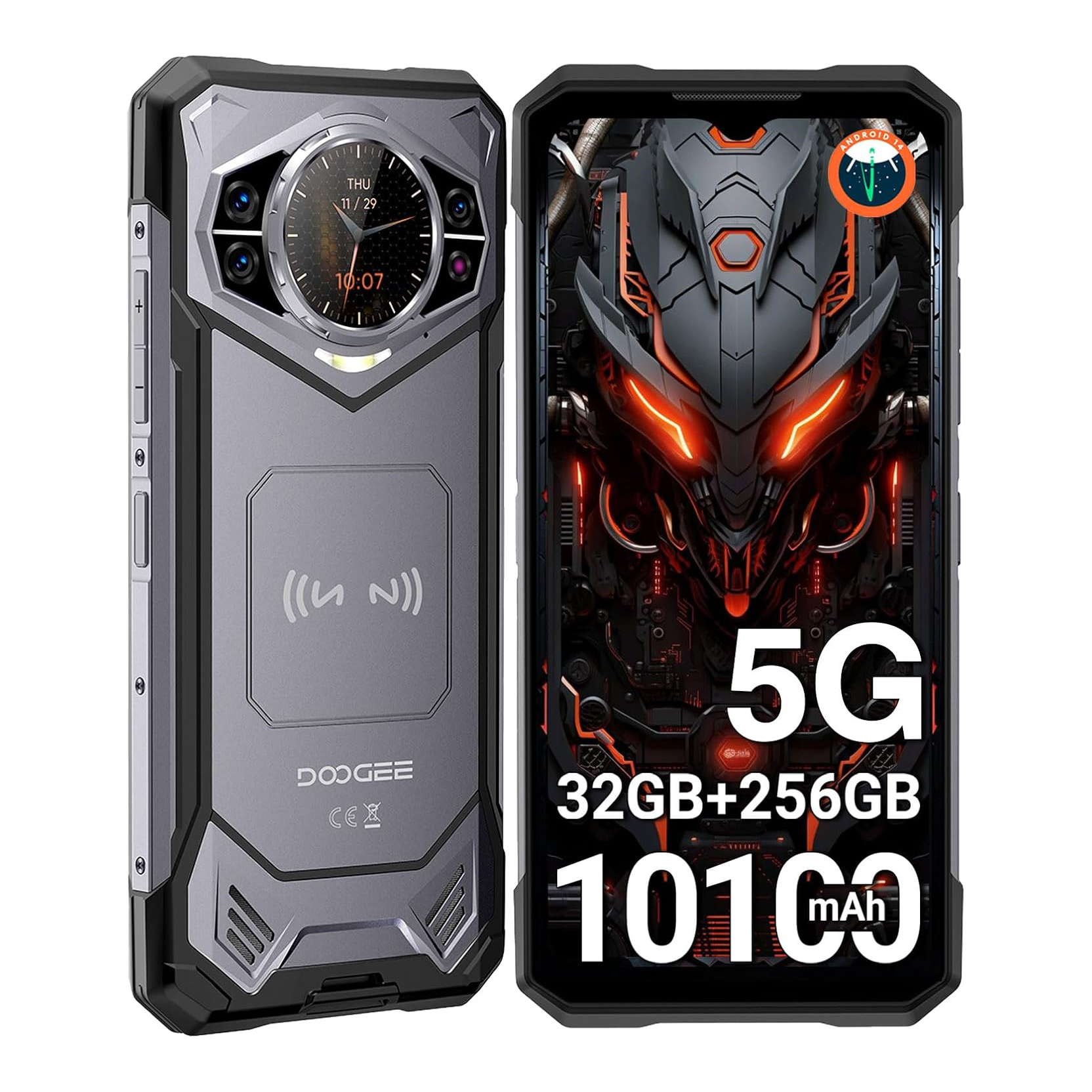
07. Doogee S200
Specifications
Reasons to buy
Reasons to avoid
The Doogee S200 is a seriously unique budget camera phone. Technically, it falls more into the category of a rugged phone, since it's aimed at a very specific market of consumers who work in industrial careers, and need a phone that can withstand the elements, outdoors, and hefty drops.
PRICE – The price? Only $412 / £326.
I've spent years testing Doogee phones for our sister site, Digital Camera World, and these handsets are not only super affordable but appeal to photographers too since they're usually equipped with unique camera features. In this case, the Doogee S200 has a super impressive 20MP night vision camera (I've used this before to photograph foxes while walking my dog), as well as a worry-free underwater camera since the phone can be fully submerged without damage.
🔎 Doogee S200 is an amazing phone for those who need it, like if you have an industrial job, work in risky environments, or love the outdoors and camping ★★★★
The coolest part about this phone in my opinion is its rear AMOLED display which can function as a digital watch, display widgets, or show customised text for whenever you need a quick reminder or a motivational affirmation to look at. It's a very pretty phone, and every time I take this thing out in public I hear "What kind of phone is that?".
As a budget camera phone, Doogee phones are an excellent choice, but only if you really need the rugged defence that it offers. I don't recommend a Doogee for daily use, not because it's not a great phone, but just because it's so dang heavy. It will seriously weigh down your pocket.
Attributes | Notes | Rating |
|---|---|---|
Cameras | Incredible Night vision and underwater cameras | ★★★★½ |
Performance | Great for gaming | ★★★★ |
Battery | Can last for days | ★★★★★ |
Price | Very affordable | ★★★★½ |

"It's obvious that this kind of smartphone would certainly be appealing to photographers, and is a very strong contender in the rugged smartphone space"
The best budget camera phone for macro photography
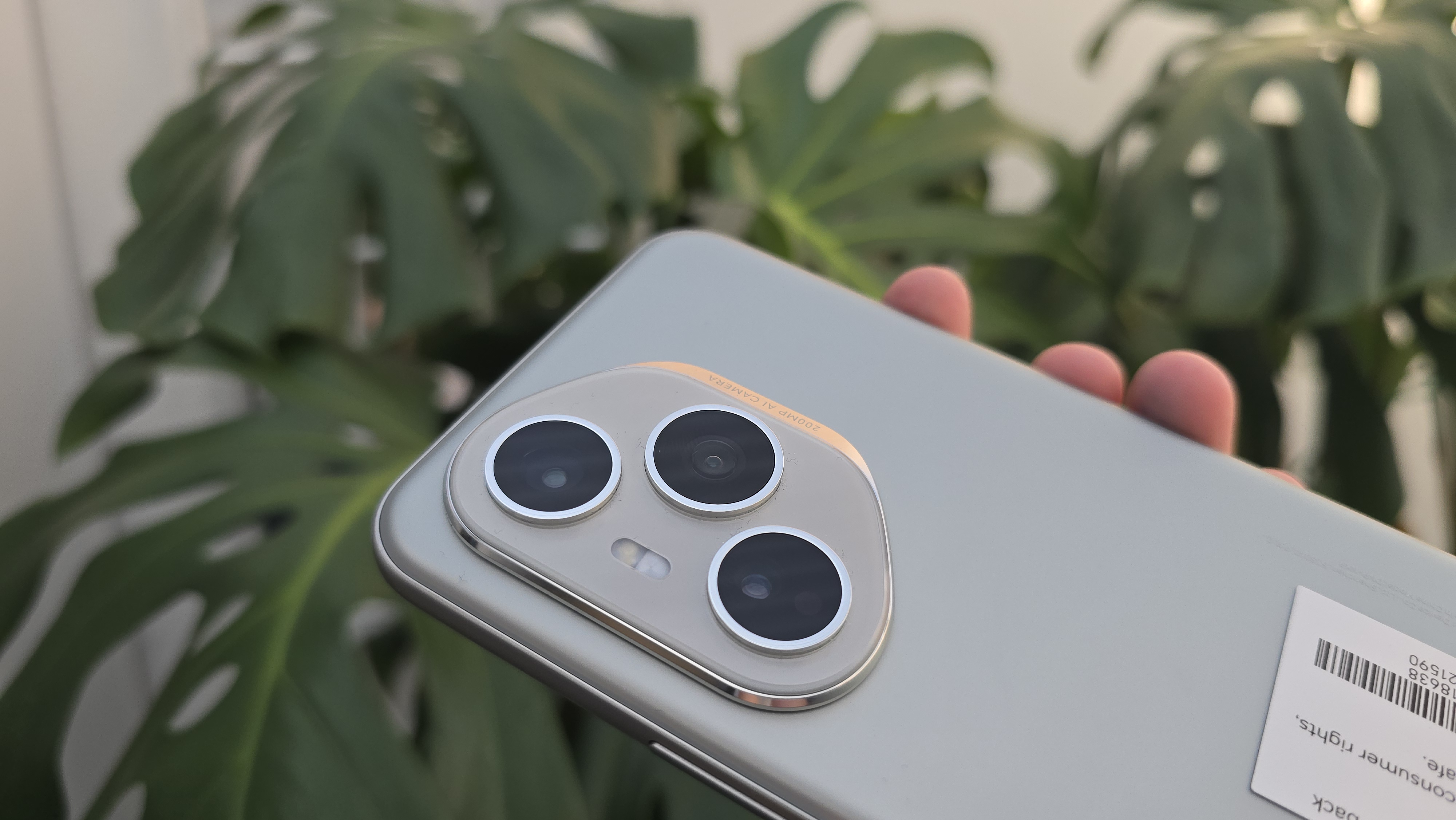
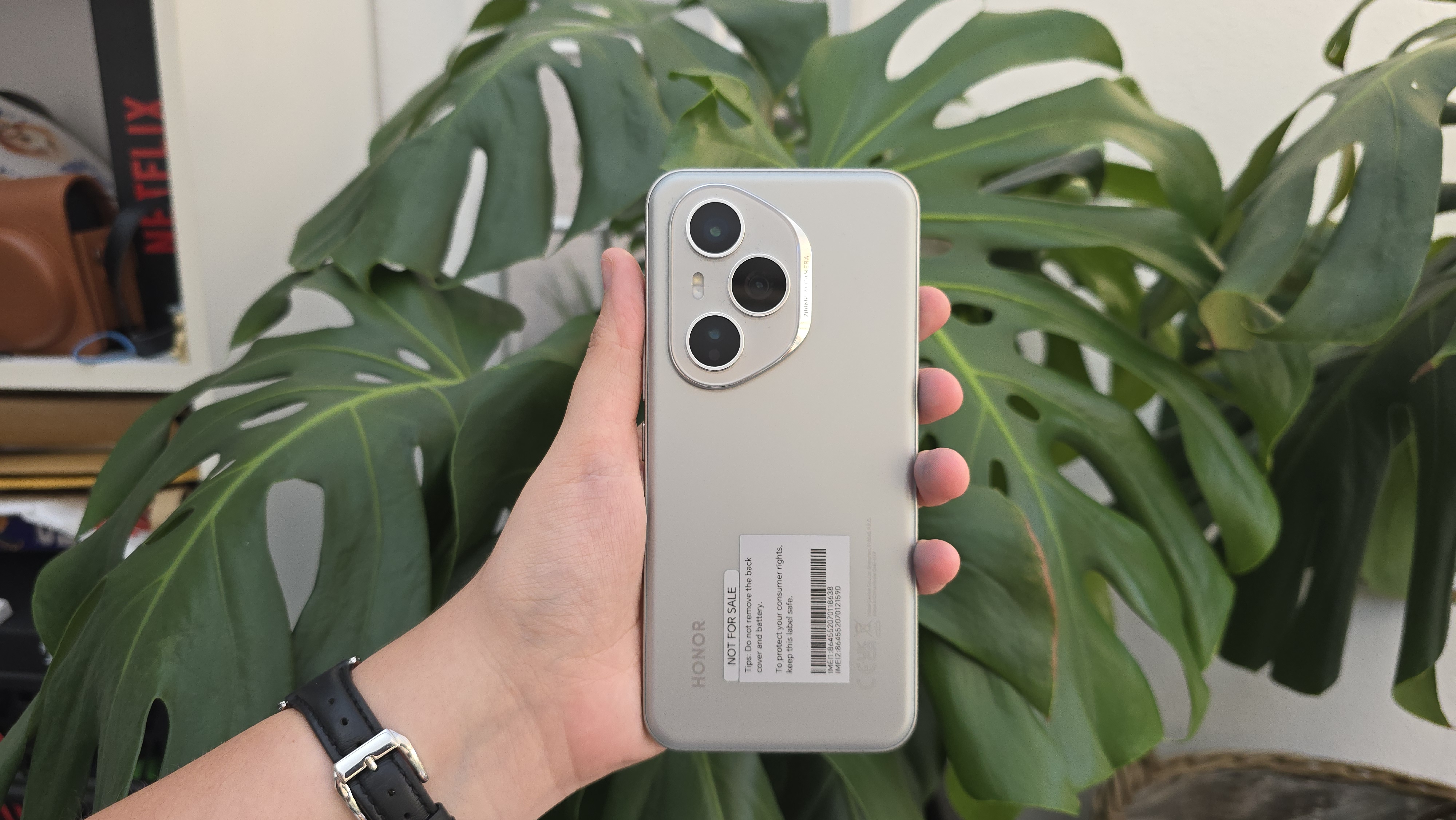





Specifications
Reasons to buy
Reasons to avoid
The reason you'll find this model slightly lower in our guide to the best budget camera phones comes down to 2 reasons – first, this phone is not available in the US, and secondly, I'd say it's more of a borderline-budget camera phone since its pretty pricey for a midrange, yet its still a non-flagship option. But it really is excellent for macro.
PRICE – The Honor 400 Pro is priced reasonably at £699.99 in the UK, although I anticipate we'll see this drop around seasonal sales periods. You can rest assured that the Honor 400 Pro certainly offers a lot for its price, and it replaces the Honor 200 Pro series, which was also priced at £699.99 when it launched last summer.
As for the camera, with the Honor 400 Pro you get an all-new 200MP main camera (f/1.9), with a 50MP 3x telephoto lens (f/2.4) which benefits from Honor's AI SuperZoom feature, as well as a 12MP ultra-wide macro (f/2.2) lens and a 50MP (f/2.0) selfie cam.
My first impressions of the Honor 400 Pro were great, and as a photographer. I found that it's a winner for content creation and editing too - thanks to Honor's AI tools, like the industry-first AI image-to-video that's actually pretty scary.
🔎 Honor 400 Pro is a hidden gem of a camera phone with an impressive photography array – particularly for close-ups. ★★★★½
I pitted this phone against its older (flagship) sibling, the Honor Magic 7 Pro, in a macro camera phone shootout and was wildly impressed with the results. I loved using Aperture mode to get really detailed shots of wildlife and fauna, and the quality blew me away.
See my full Honor 400 Pro review for all the details.
Attributes | Notes | Rating |
|---|---|---|
Cameras | Superb quality. | ★★★★★ |
Performance | Beats out mainstream rivals. | ★★★★½ |
Battery | Does the job | ★★★★ |
Price | Borderline budget but still pretty tempting. | ★★★★½ |

"I've become a big fan of Honor tech over the last few years, and its mission to make incredible AI features and camera quality more affordable for consumers. "
Also tested
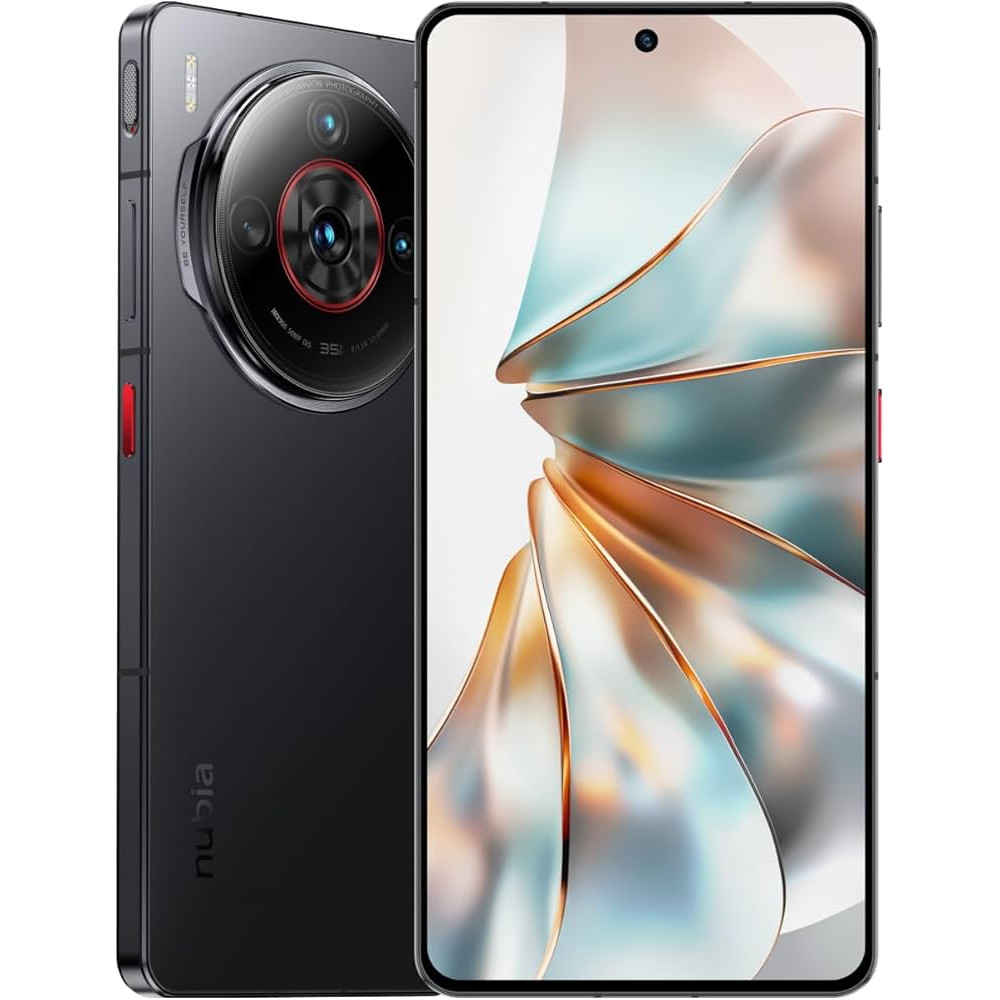
The nubia Z60S Pro is a compelling mid-range smartphone with several standout features, including a powerful Snapdragon 8 Gen 2 processor. The phone boasts an impressive camera system, featuring a 50MP main camera, 50MP ultrawide, 8MP ultrawide, and a 16MP selfie camera, and our reviewer was impressed with its overall performance.
See our nubia Z60S Pro review for more details.
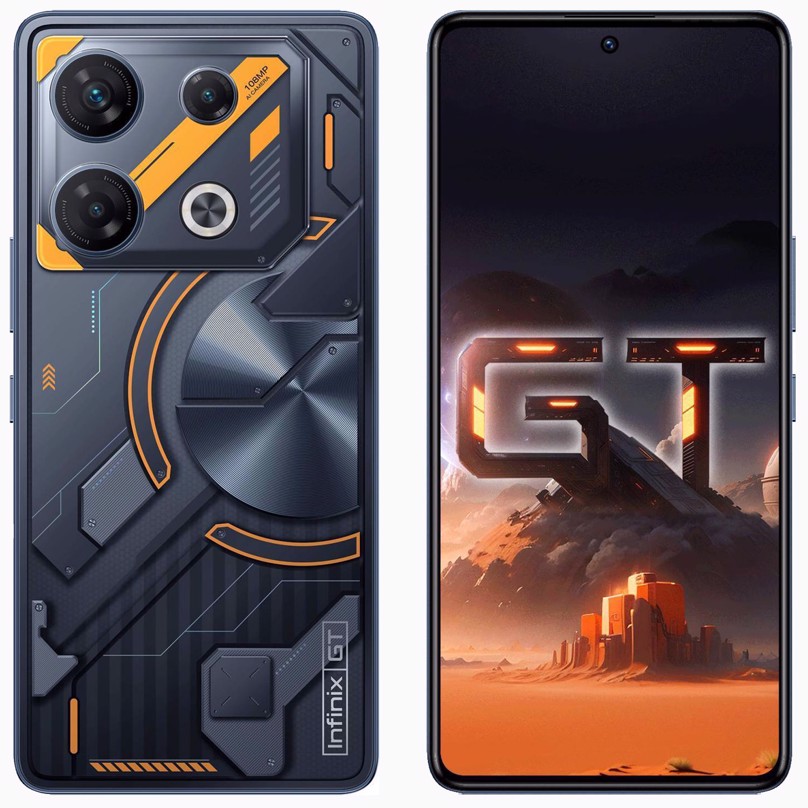
One of the most affordable phones we've tested, the Infinix GT 10 Pro impresses with its gaming-friendly spec, a decent set of cameras and intuitive built-in photo and video editing apps for post-shoot work.
See our Infinix GT 10 Pro review for more details.
How to choose the best budget camera phone
You've got three important things to consider in buying a budget camera phone. What do you wish to spend? What do you need from the camera? And what do you need from the rest of the phone?
So ask yourself how much money you've got to play with, and find a device that fits within this flexibility. What features do you need beyond the cameras itself? A camera phone is for daily life too, not just for the photoshoot, so think about what's important.
Do you need a large battery capacity? A big screen? Fast charging? A powerful chipset for gaming? Think about your lifestyle to determine which smartphone is best for you. The information included in each of the listings above caters to all these factors to help you make an informed choice.
How we test budget camera phones
✅ We are solely focused on what creatives need
✅ Benchmark tests on over 50 smartphones
✅ We consult actual photographers and creative pros
✅ Every phone in this guide has been tested by us
At Creative Bloq, we test camera phones using benchmarks to measure battery life, response rate, general use – and the camera, of course. We put an unbiased reviewer (preferably a photographer) on the case to find genuine reasons why we think a camera phone might not be the best fit for creatives or up to scratch when compared with competition.
Where we haven't had a chance to review the model ourselves, we've consulted others in the business, including our sister sites such as Digital Camera World and TechRadar to pick their brains. Our writers are professional photographers and keen enthusiasts, with a good understanding of what consumers are looking for in a modern camera phone.
For more information, see our guide to how we test and review at Creative Bloq.
FAQs
How much should a budget camera phone cost?
In general, we'd say you're looking at a minimum spend of around $300-$400 for a budget camera phone that's truly decent (though you can get cheaper than this). If you're working with a smaller allowance, I'd recommend shopping for a Doogee camera phone, or taking a look at Xiaomi's POCO brand of budget smartphones, which are very competitively priced, usually at under $300 or even cheaper during seasonal sales periods.
In some cases, where we've included major brands like Apple and Samsung in this list, prices can go up to as high as $700. I know this might not be considered as budget or cheap by any means, but this price is still significantly more affordable than what the premium flagship models retail for (up to $1,500), making these options excellent value at half price for a fully featured camera phone.
Should I buy a used camera phone?
If you're looking to save some money, then yes, absolutely! Buying a used camera phone offers plenty of benefits, not only in getting yourself a great deal but the satisfaction of giving a device new life, balanced with helping the recommerce economy in the process too (take a look at my interview with the CEO of MPB to learn more about the global recommerce camera market).
I understand that a lot of people are wary when buying secondhand or refurbished tech, as there are definitely things that can go wrong down the line. But as long as you get a warranty of at least two years with your purchase, then I promise you have nothing to worry about.
For five years, I worked at Cex, a popular secondhand retail store in the UK, and must have sold hundreds of used cell phones to customers. The phones were always tested first to ensure longevity, but in the case of a problem ever occurring, the two-year warranty meant customers were entitled to a repair, replacement, or refund depending on the circumstance. Most secondhand retailers offer similar warranties like this, so you can't go wrong, really.
Can you get a mid-price phone with a good camera?
Yes. Our mid-price pick for this list is the Samsung Galaxy S23 Ultra, a former flagship from 2023 that has since come down significantly in price to mid-tier territory while still offering fantastic image quality.
If this model is still too expensive for you, then the Honor Magic 7 Lite is another solid mid-range phone with a 108MP main camera, and a price tag of around £300 (though it's not widely available in the US).
Daily design news, reviews, how-tos and more, as picked by the editors.

Beth is Creative Bloq’s Ecommerce Writer and has the fun job of finding you the very best prices and deals on creative tech. Beth kicked off her journalistic career writing for Digital Camera World and has since earned bylines on TechRadar and PetsRadar too. With a Master's degree in Photography, Beth loves getting to tinker with new cameras, especially camera phones, as the resident Samsung fan on the team.
